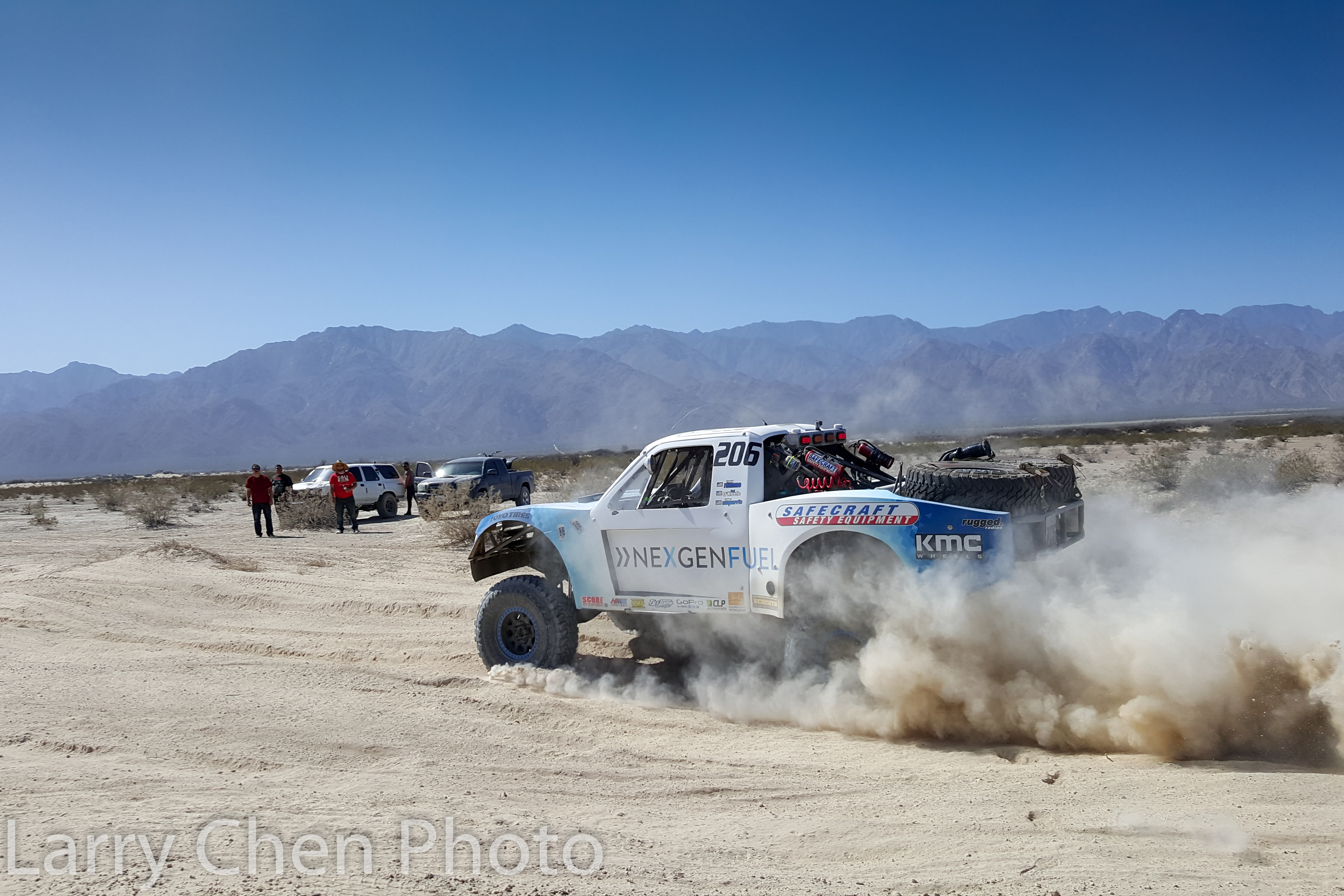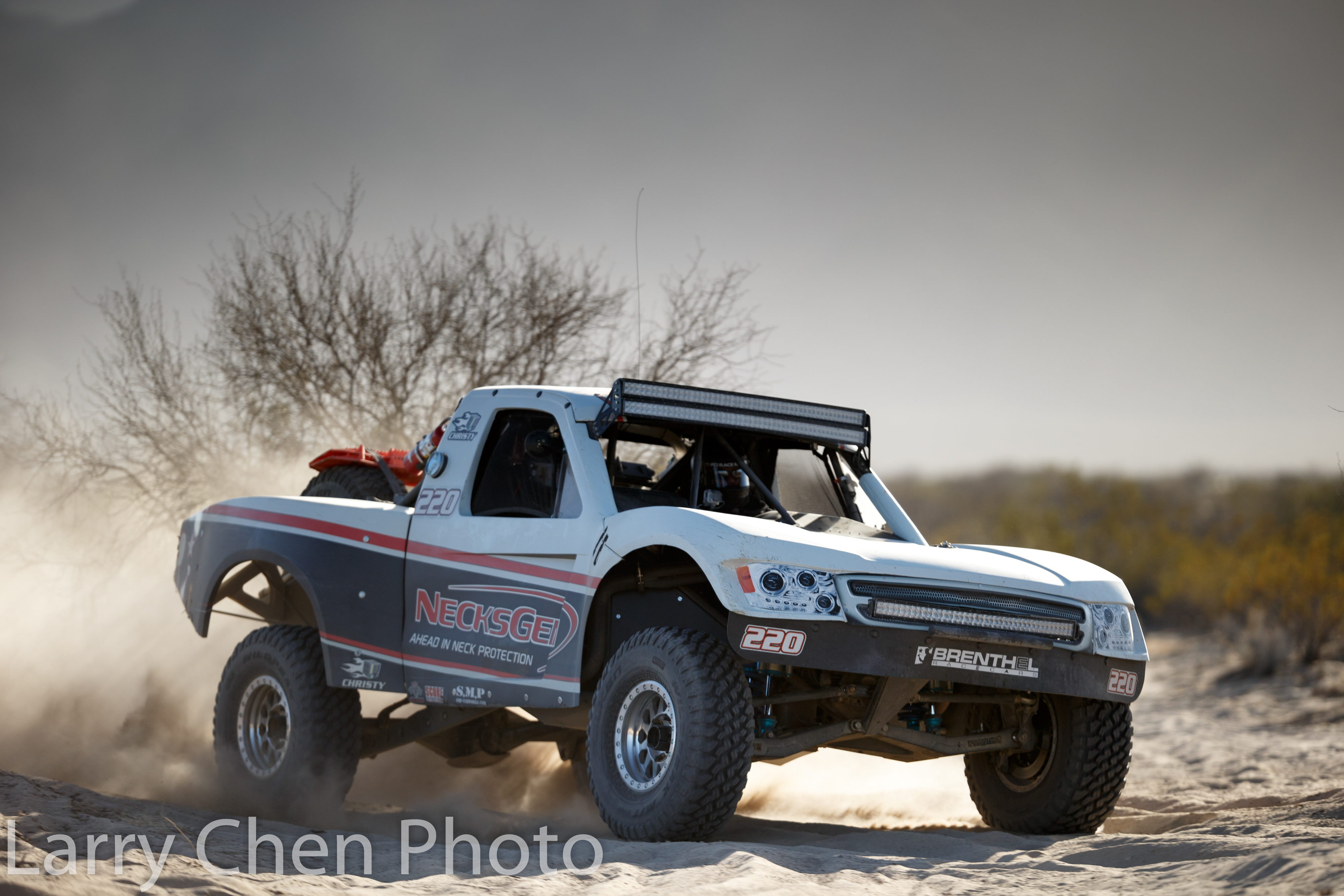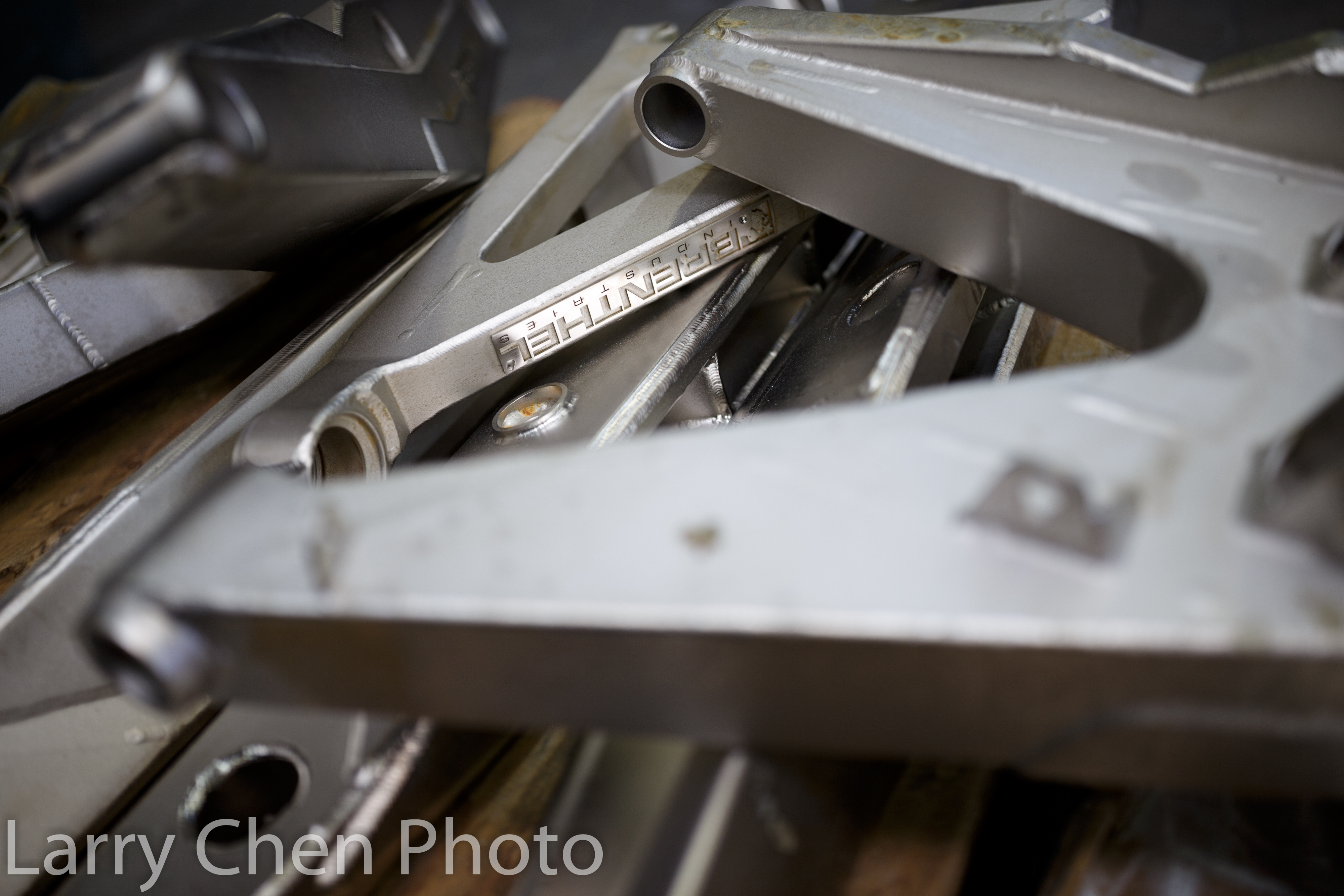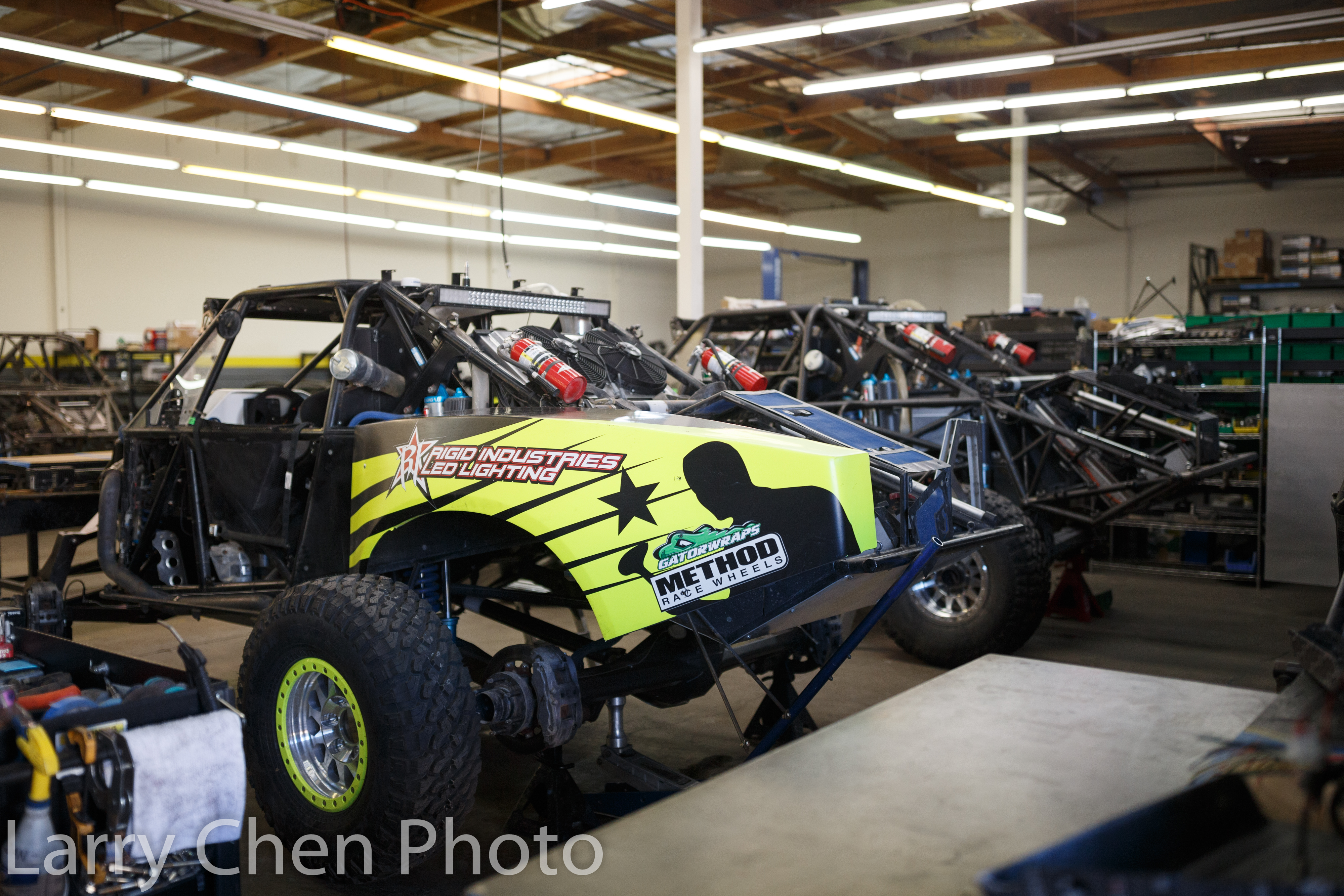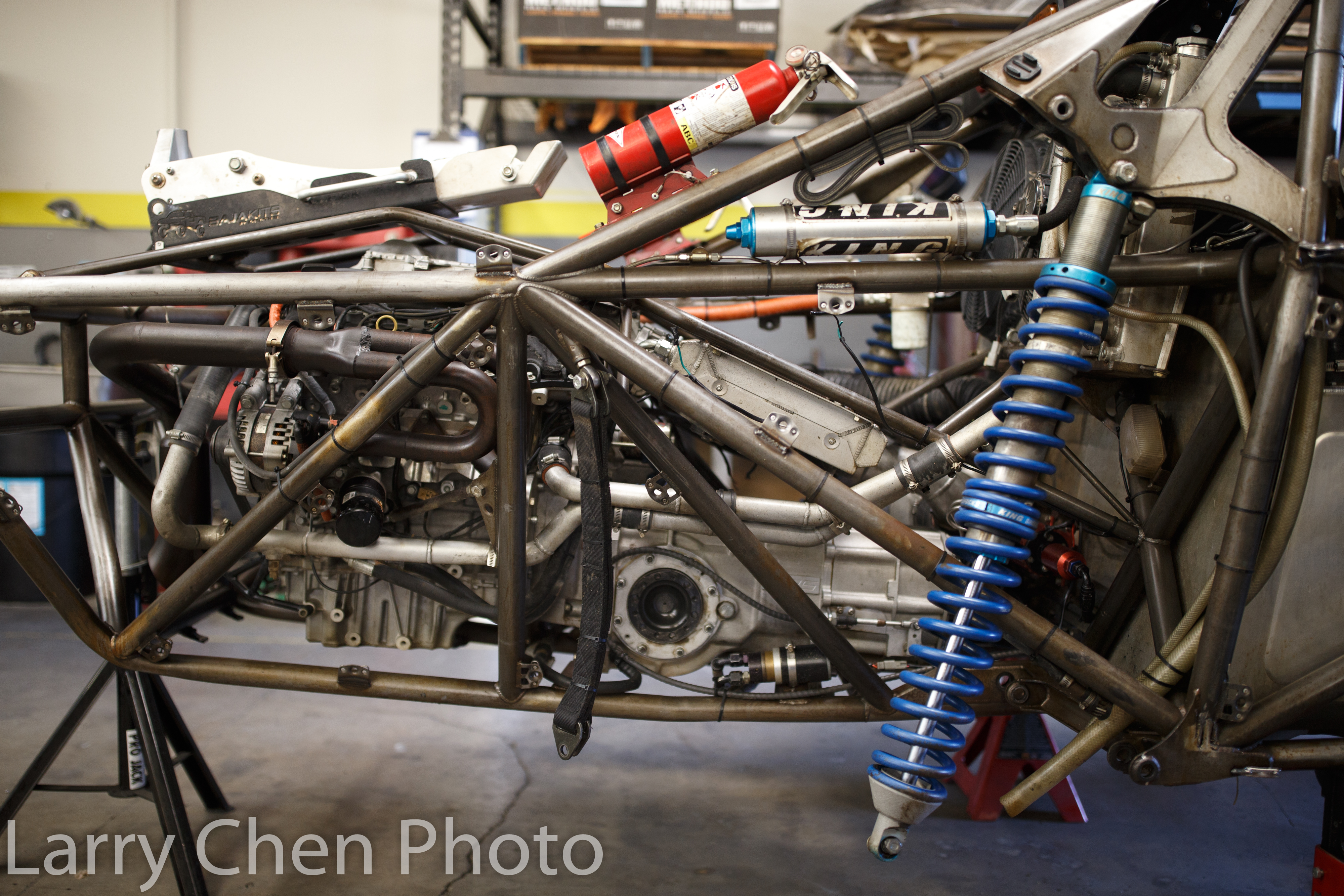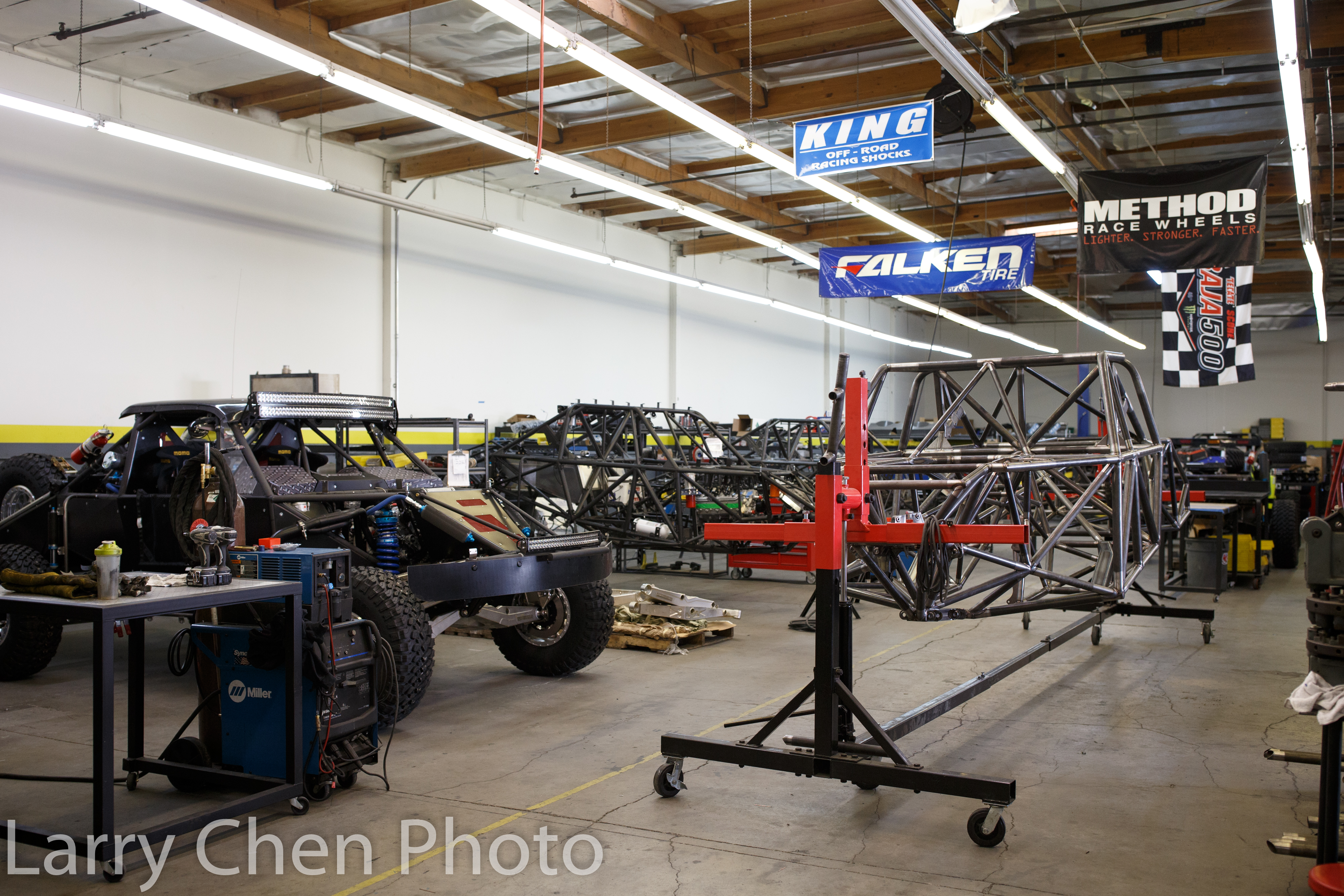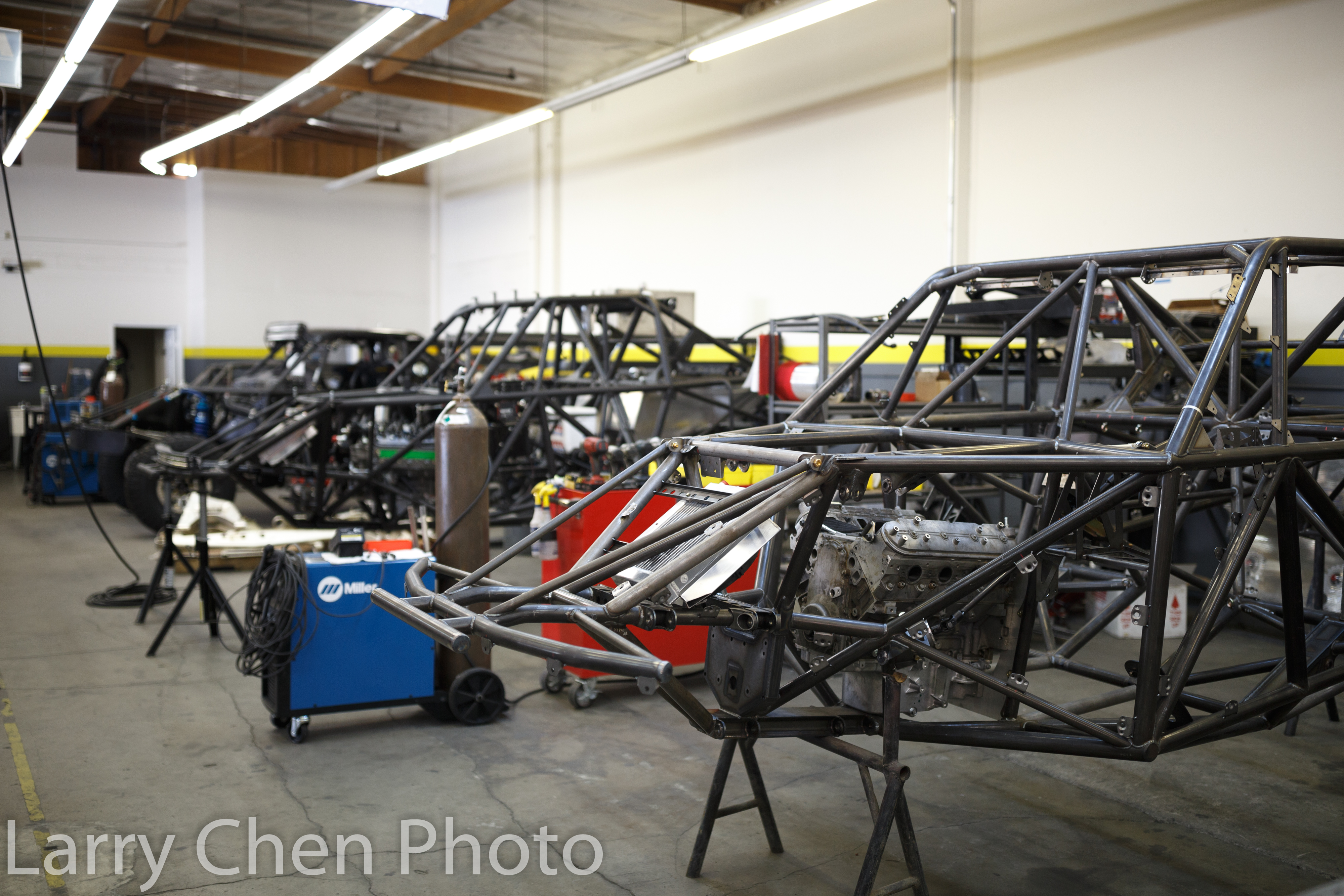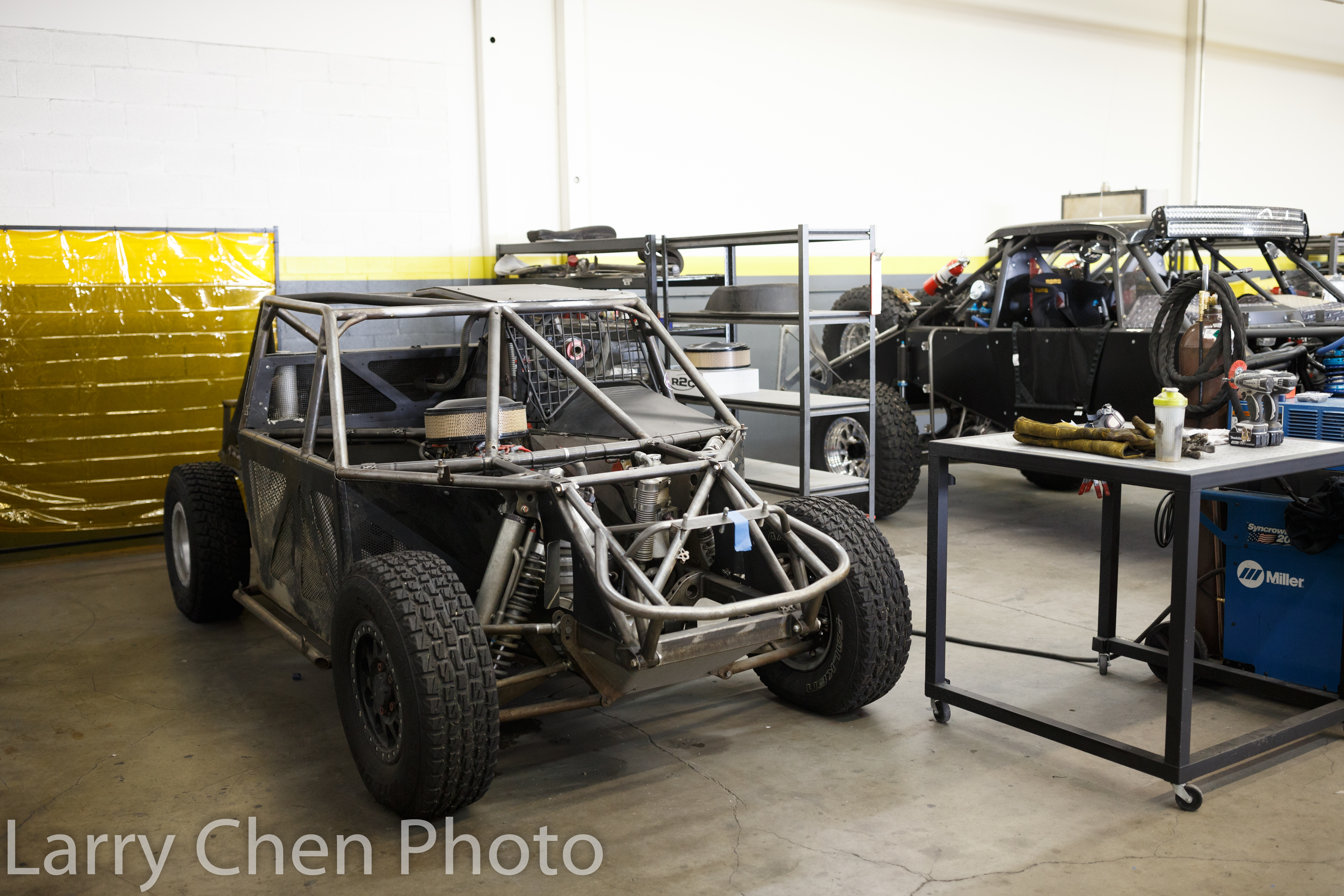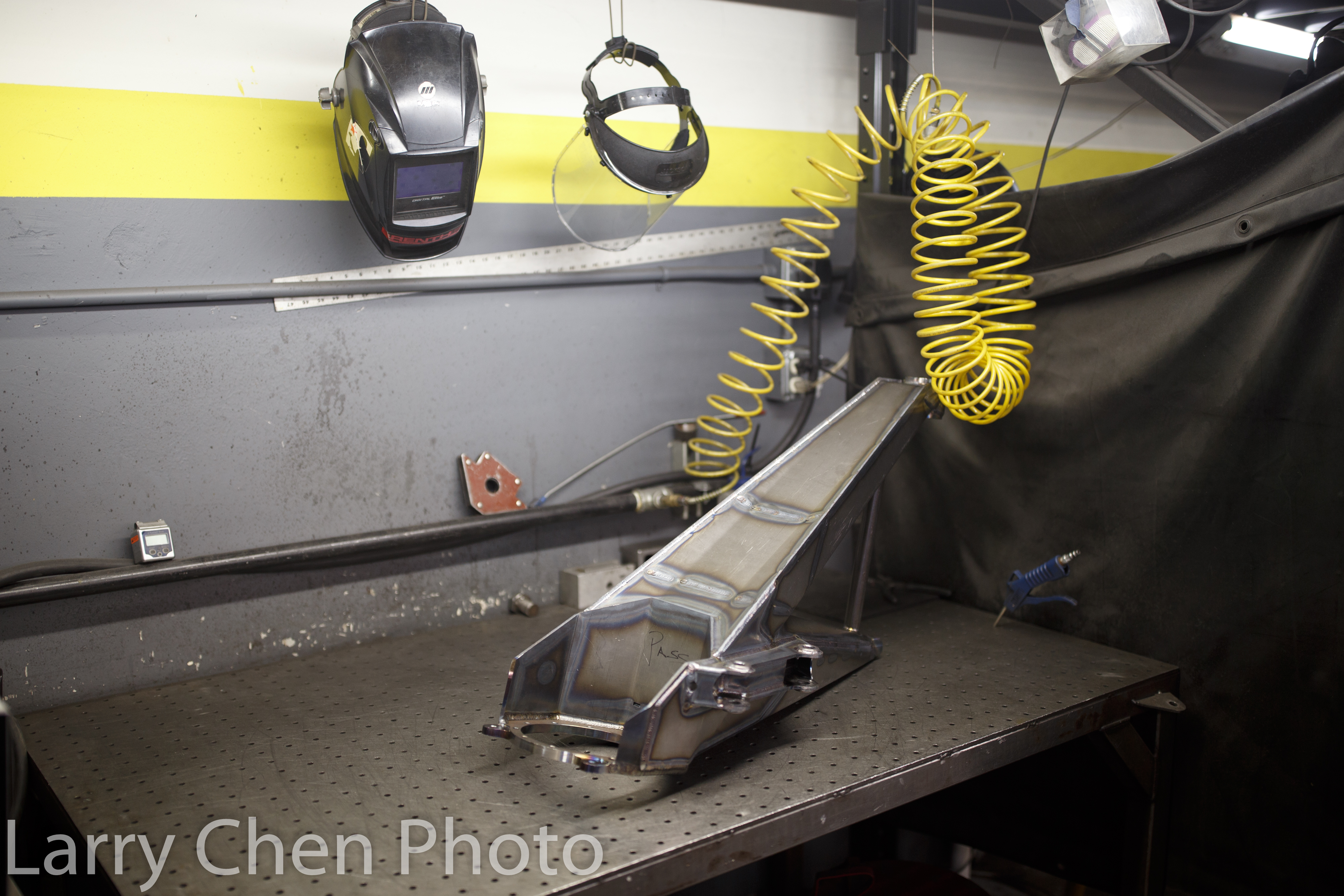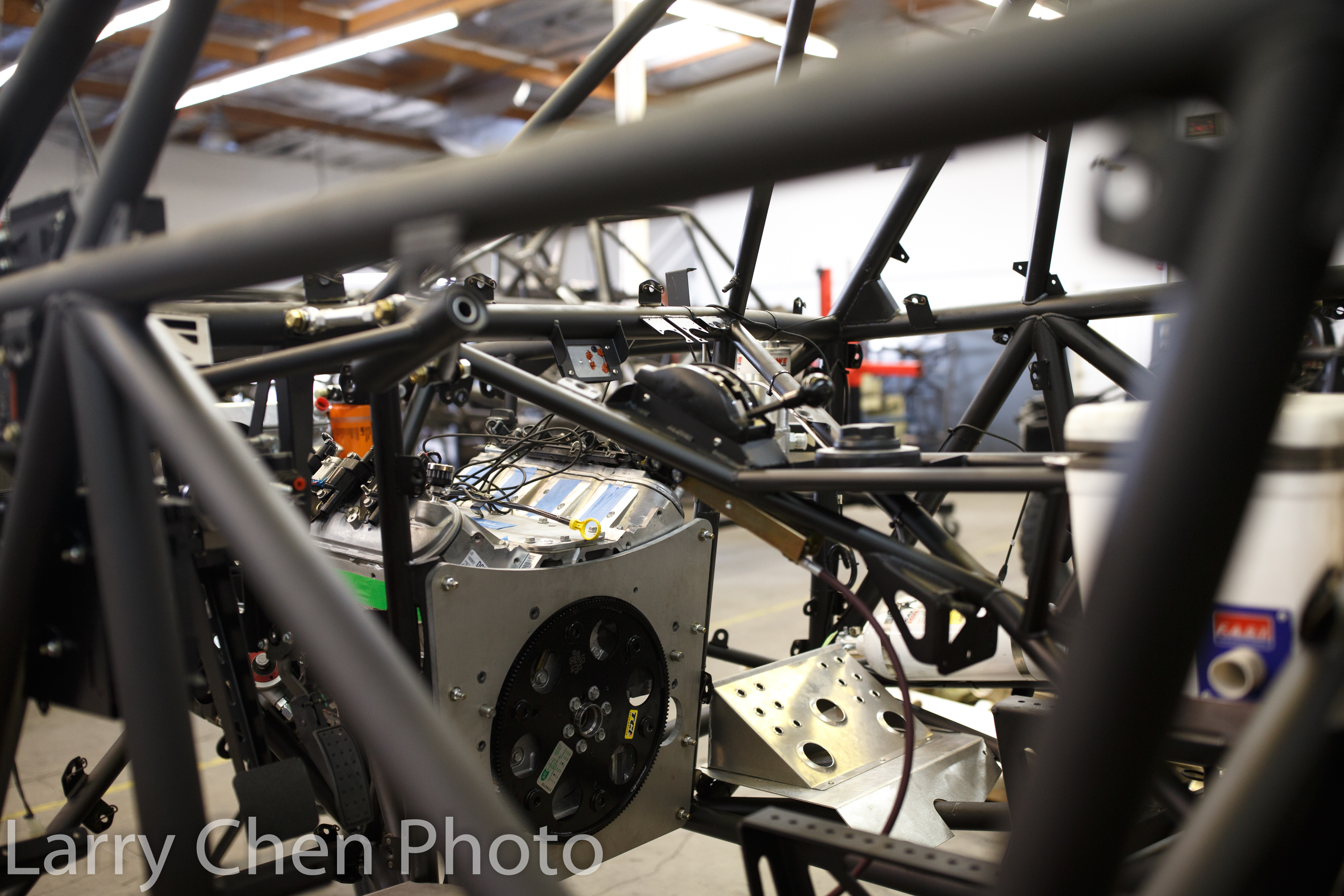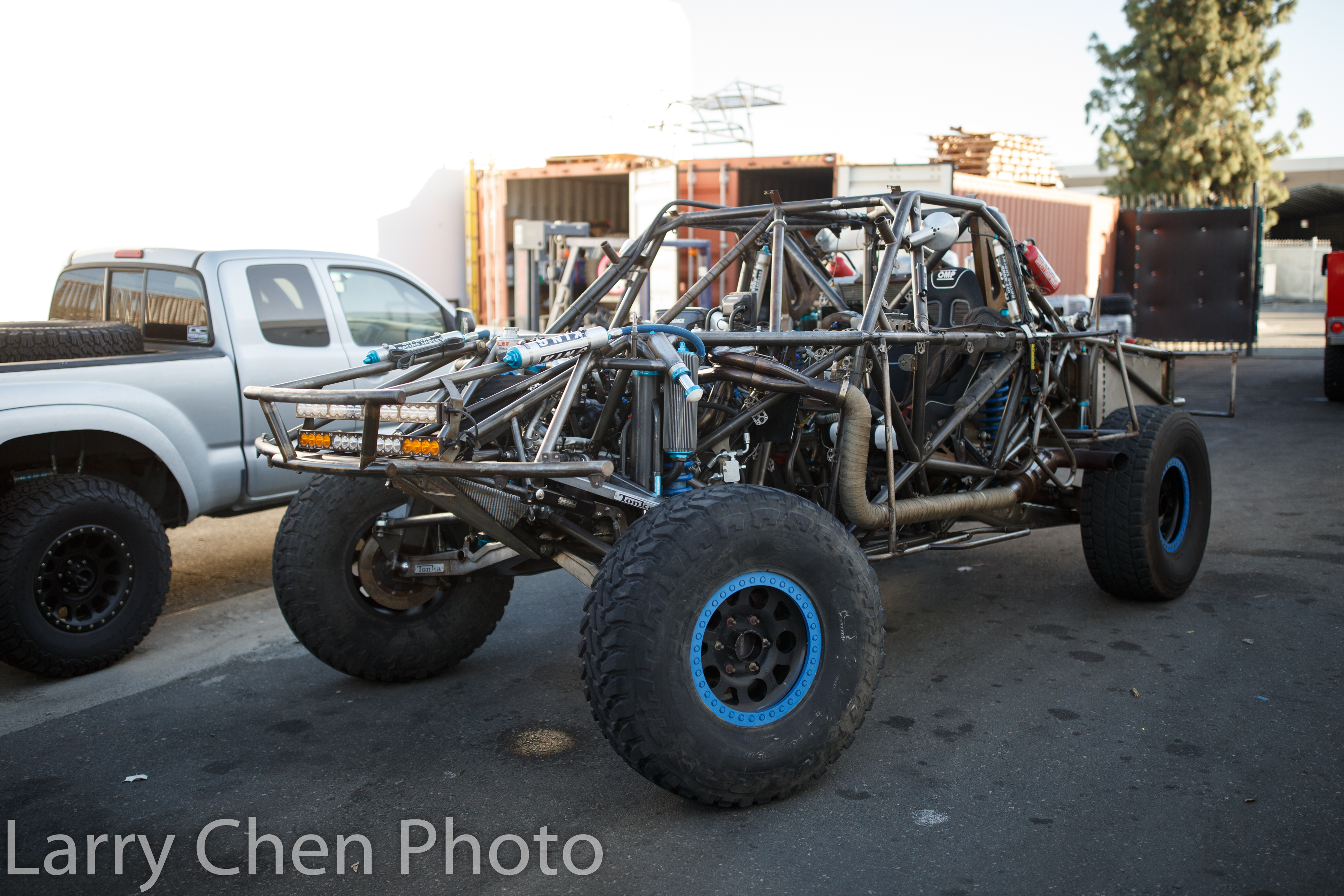Chapter One: Beginnings
If you guys follow us on Instagram, you’ve probably seen that I recently picked up a 6-speed manual Toyota FJ Cruiser as a project car. While it’s a fun rig to go camping and over-landing in, that’s not my intention for the truck. I am building a media chase vehicle that will allow me to follow and photograph desert and off-road racing. There was a problem however, as I know nothing about building an off-road vehicle.
My newbie status must have shown through on social media as Jordan from Brenthel Industries contacted me asking if I needed help with the truck. Of course, I wanted to check out what they were about before I let them do anything to my FJ, but as it turns out they are full-on off-road race rig builders who actually race as well. It also turns out that I’ve seen plenty of their trucks, and even shot some of them over the years too. I sat down with Jordan Brenthel and his brother Jonathan to learn a bit more about their operation in Anaheim, California.
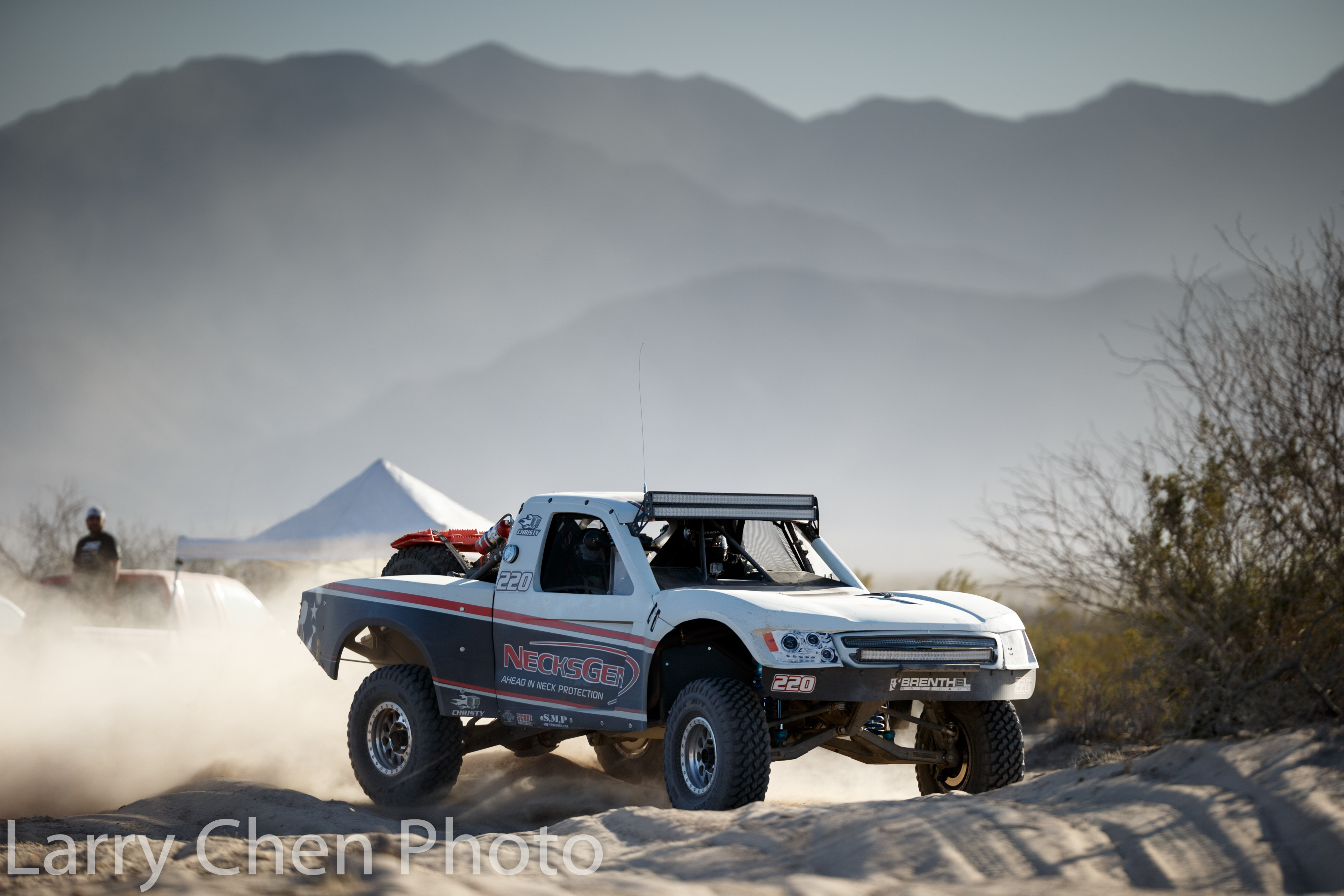
Larry: Let’s start with the obvious question: how did it all start for you guys?
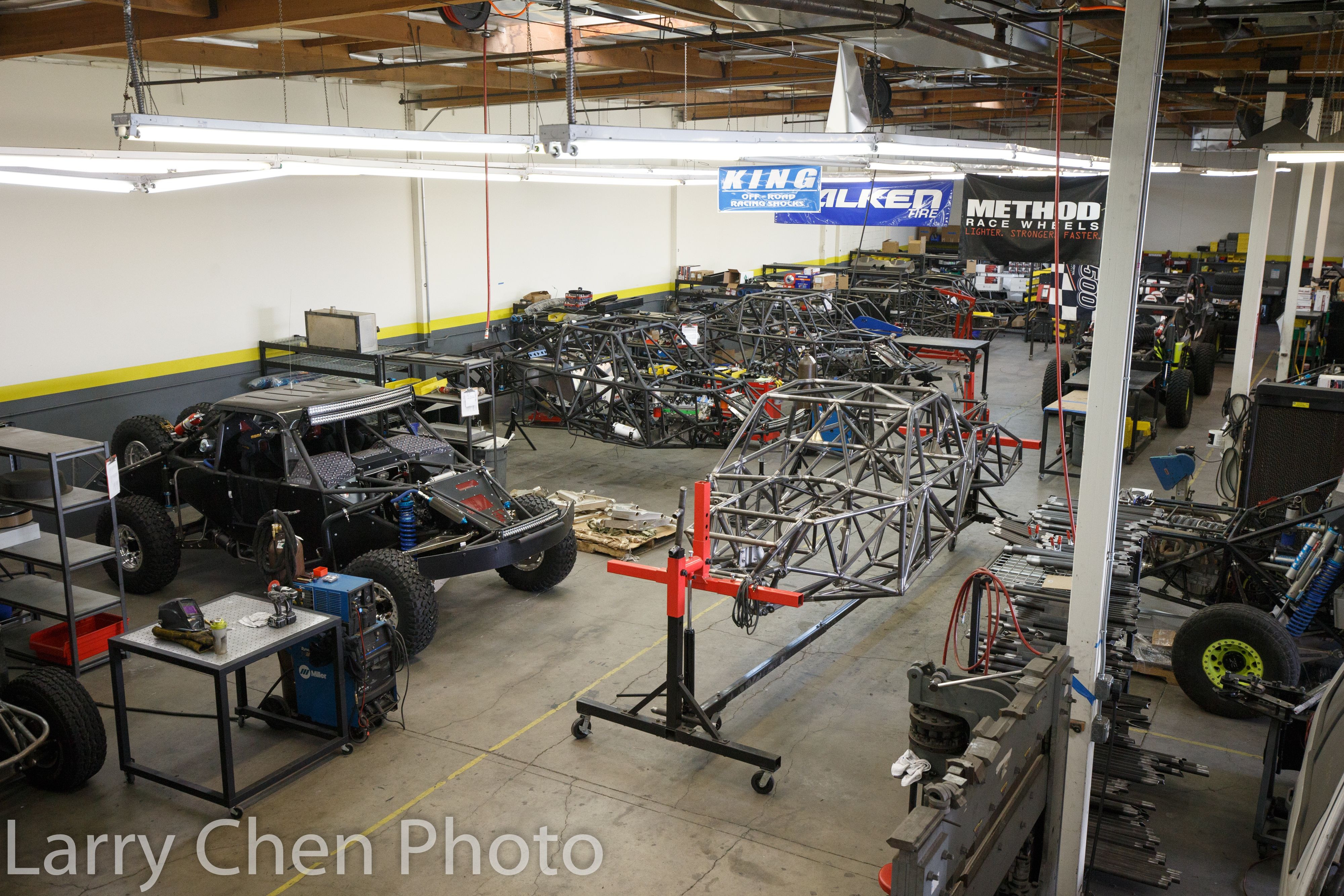
Jonathan: I was working mortgages and Jordan was still in high school. I wanted to do something different that required my hands. Unlike some off-road racers, we didn’t grow up financially wealthy. I was looking into buying a transmission shop, and mentioned to Jordan,”Hey, let’s start a company and build race cars.” He had just come out of high school, was 18, and told me I was crazy and that it wasn’t a good idea. Both our parents were self-employed and struggled along the way, and they were also against it. Jordan said, “I’m going to have a job. I don’t care if I make $4 an hour.” The next day he came up to me and said,”Let’s do it!”
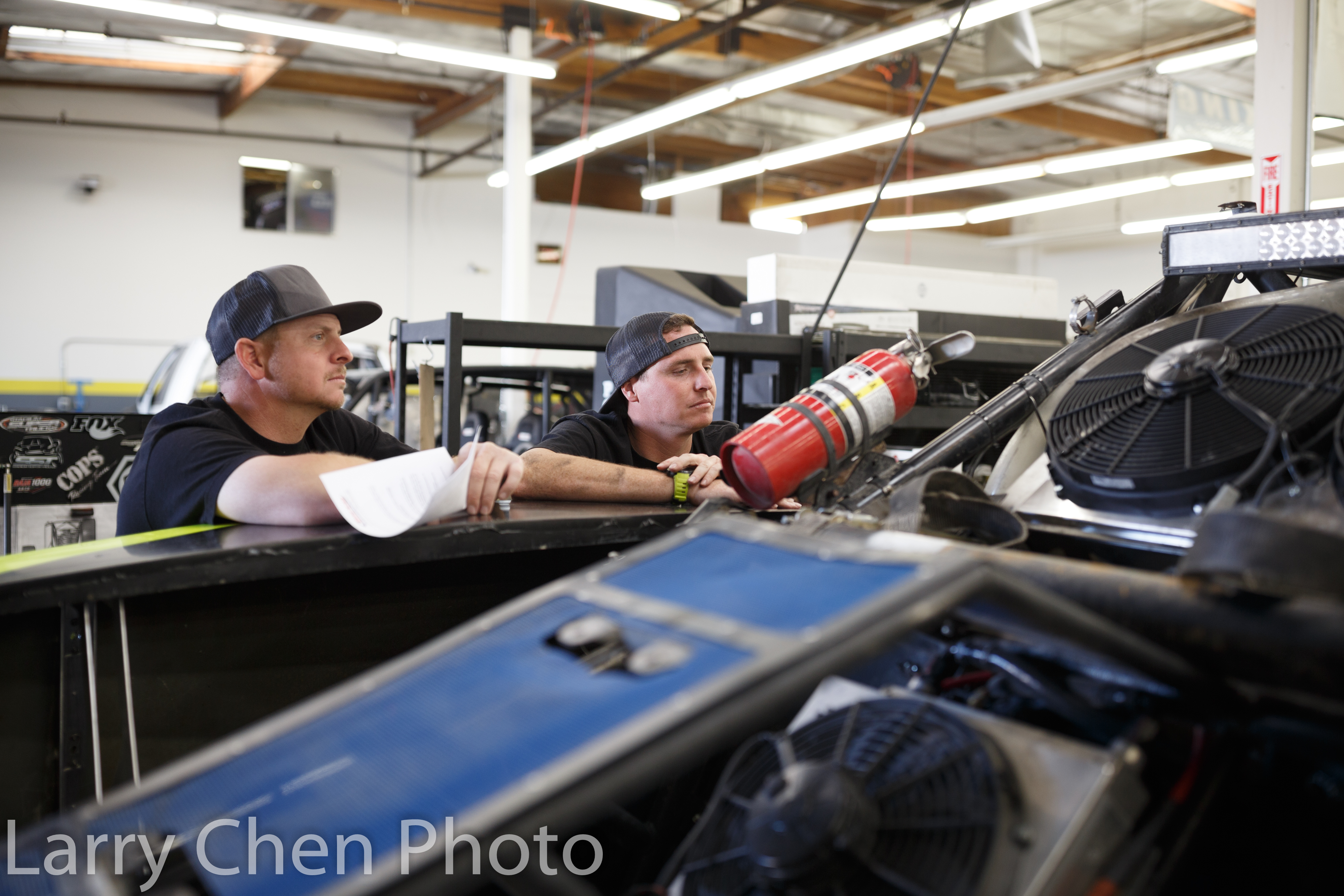
We went to work for about 12 different people in the beginning. It started with the both of us working for some really low sand car builders for minimum wage, and we learned from everyone around us. We also took night classes for welding, machining, marketing, and pretty much everything else at a local community college.
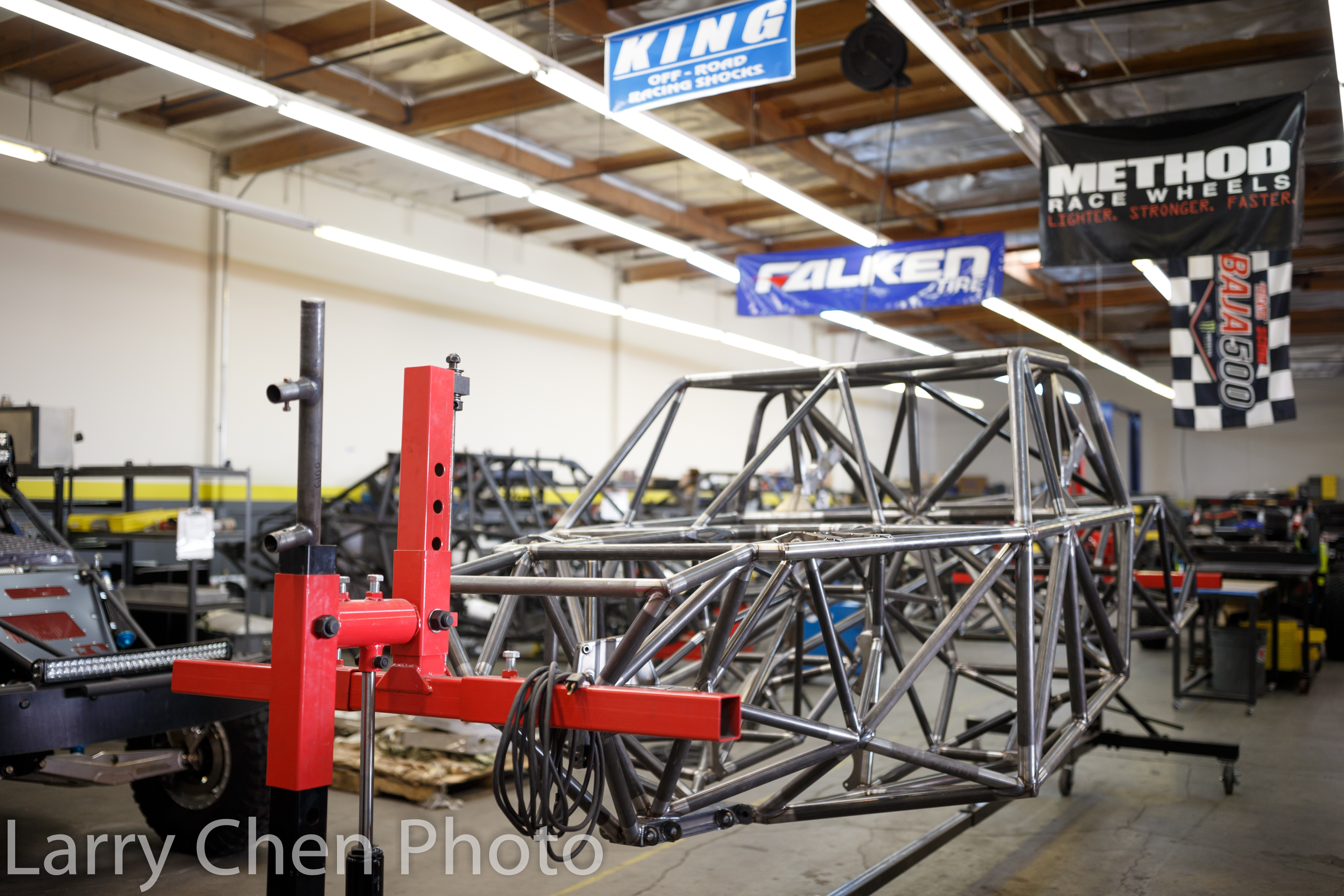
Jordan: We had our shop in Santa Ana but had other jobs in San Diego and Hesperia. I’d drive to Hesperia and it would be snowing down the side. I’d eat all of my meals in my truck on the drive there. Jonathan did the same on his way to San Diego. We’d get back to the shop late at night around 10:00pm and get as much done as possible.
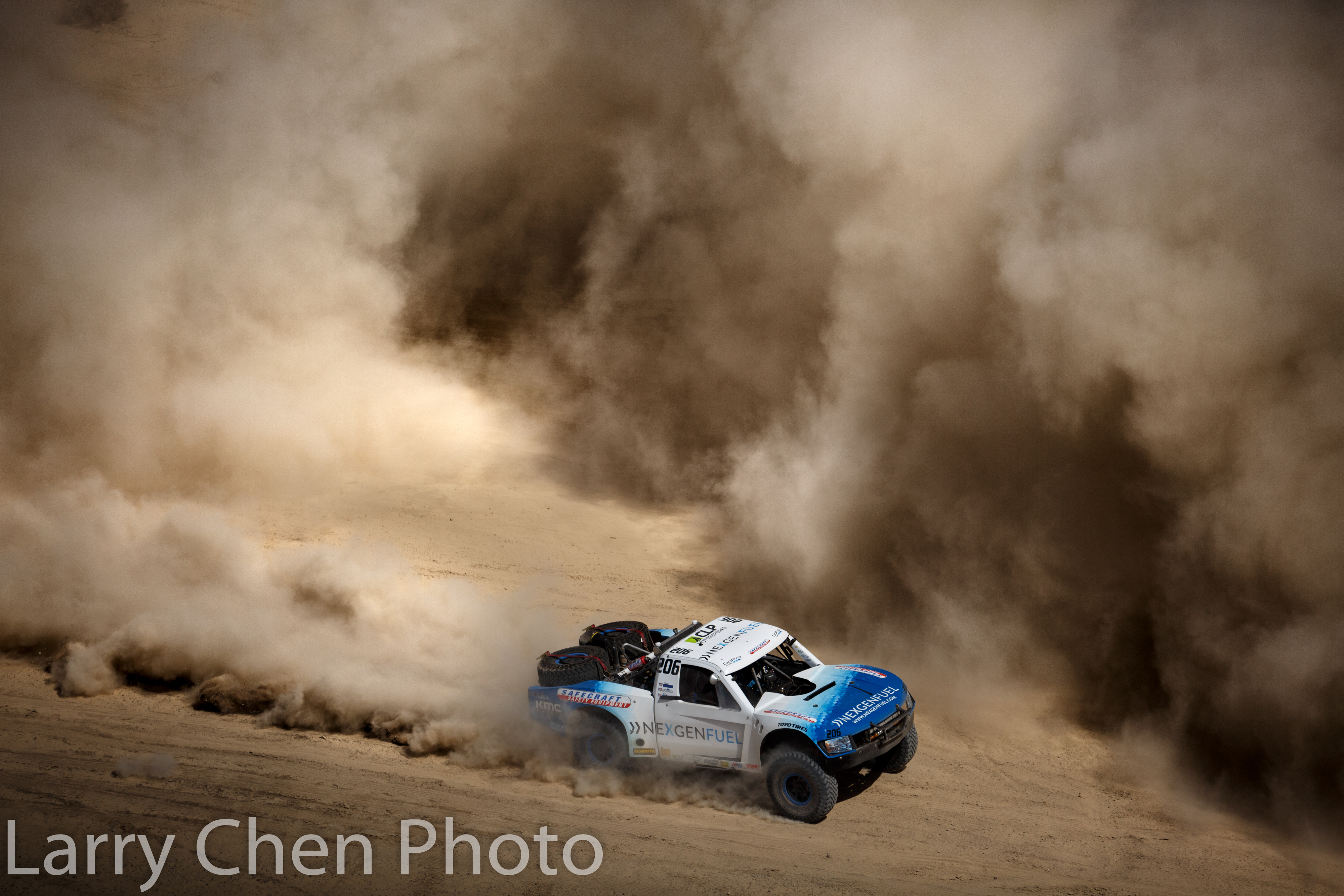
We were both designing at the time. He was doing more fabrication and I was kind of bolting stuff on, but we both did everything.
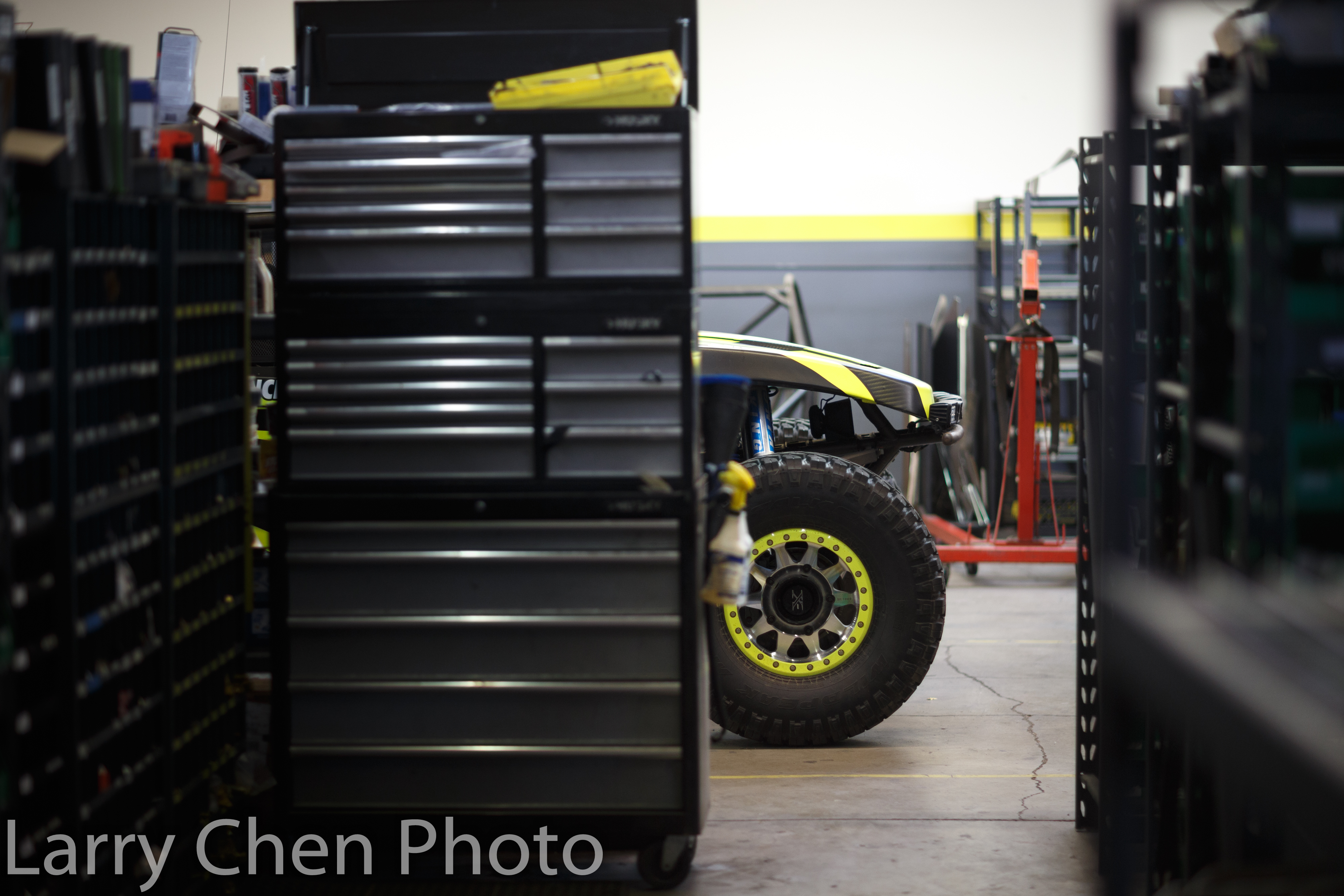
Jonathan: We found where our strengths were. I was better at the fab and he was better at the solid works and design, so we kind of went on from there and did those things more and more. We both have done, and can do, everything at the shop though.
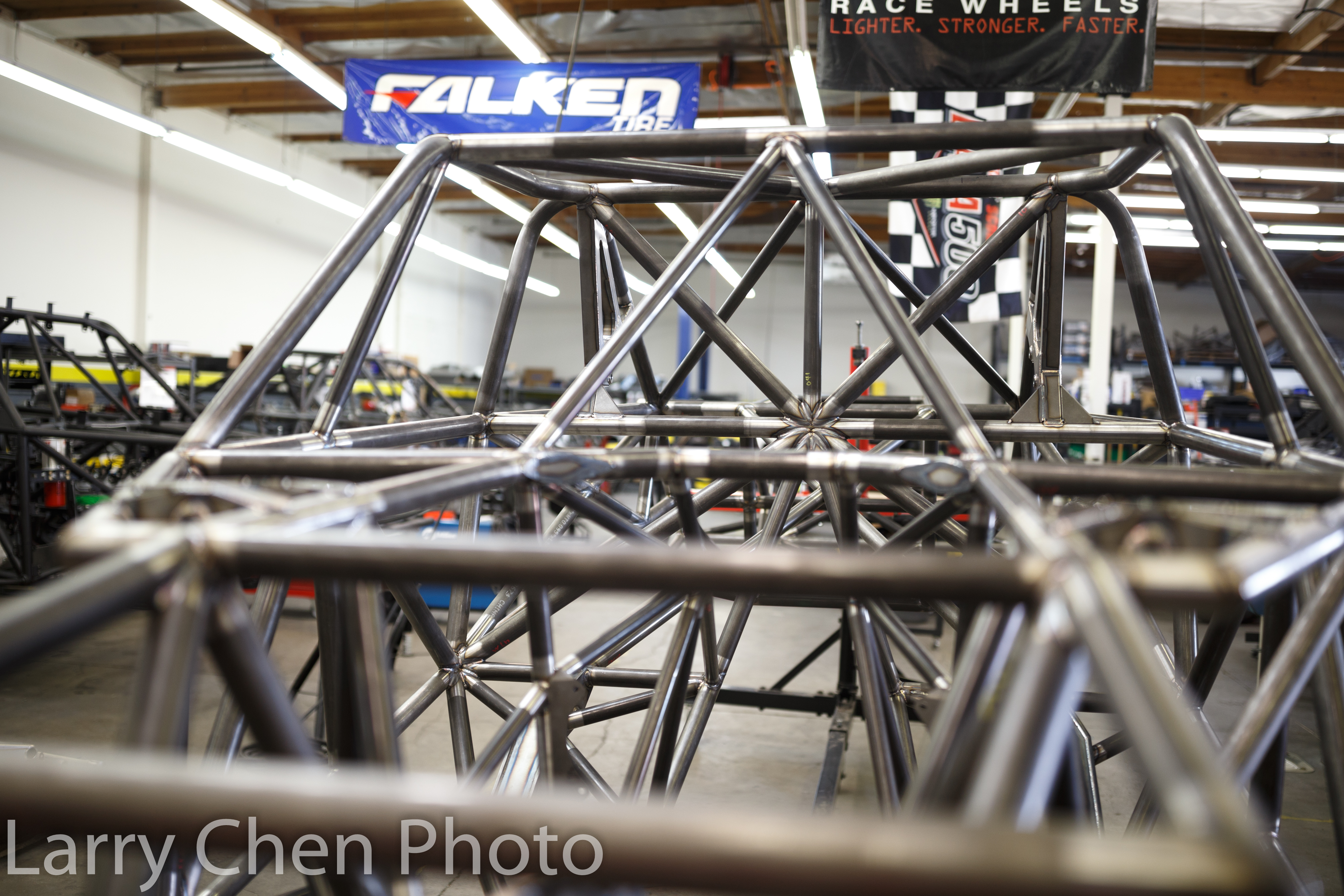
It was really hard for the first few years, but we then started to slowly pick up and started racing ourselves. We had a customer that wanted to race with us and he said he’d help with the vehicle.
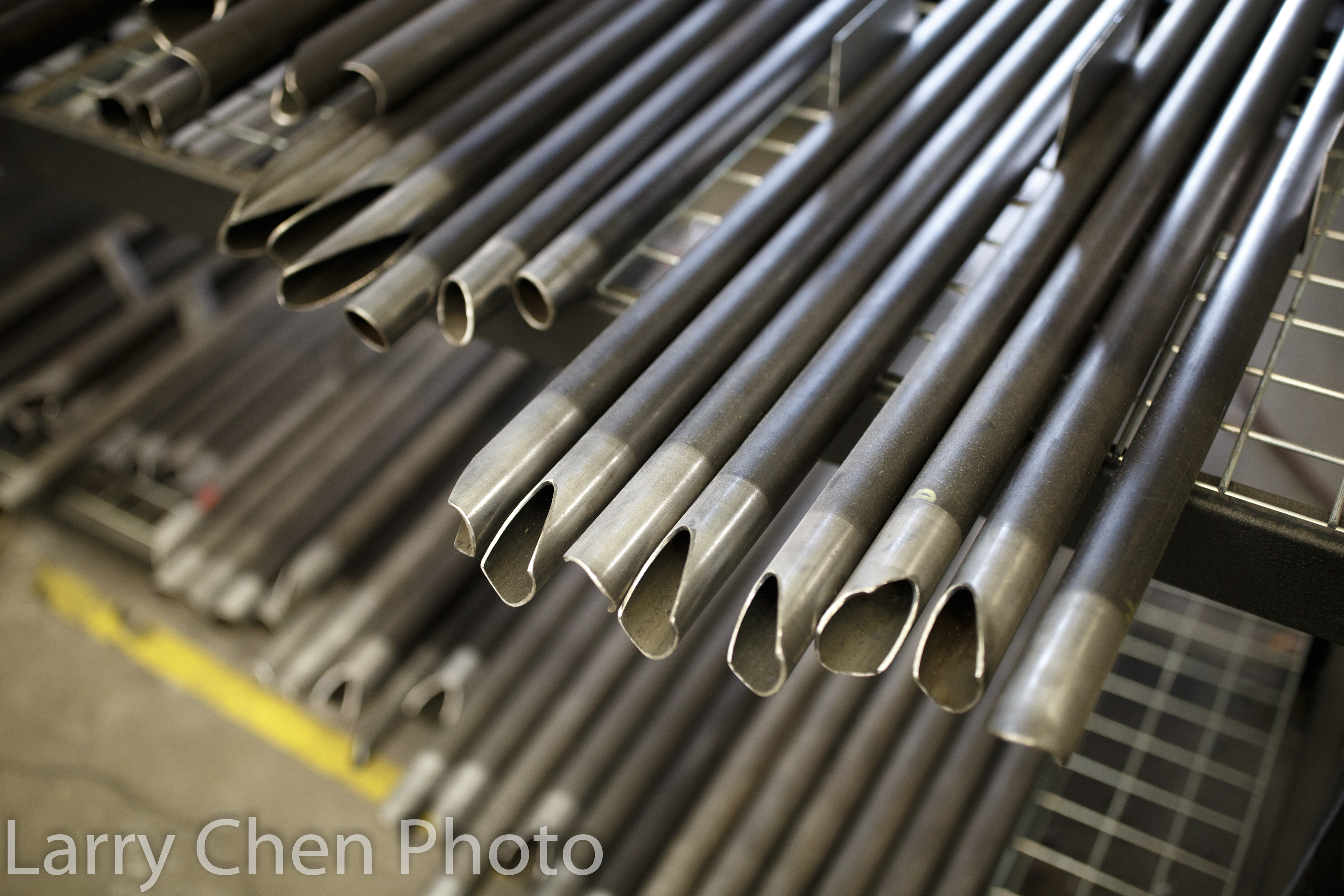
From that point, we won the championship. I won the first year racing and Jordan won the second year racing the same truck. That just boosted our name and our truck with the yellow and black. That was around 2012/2013. The whole process took 12 years though.
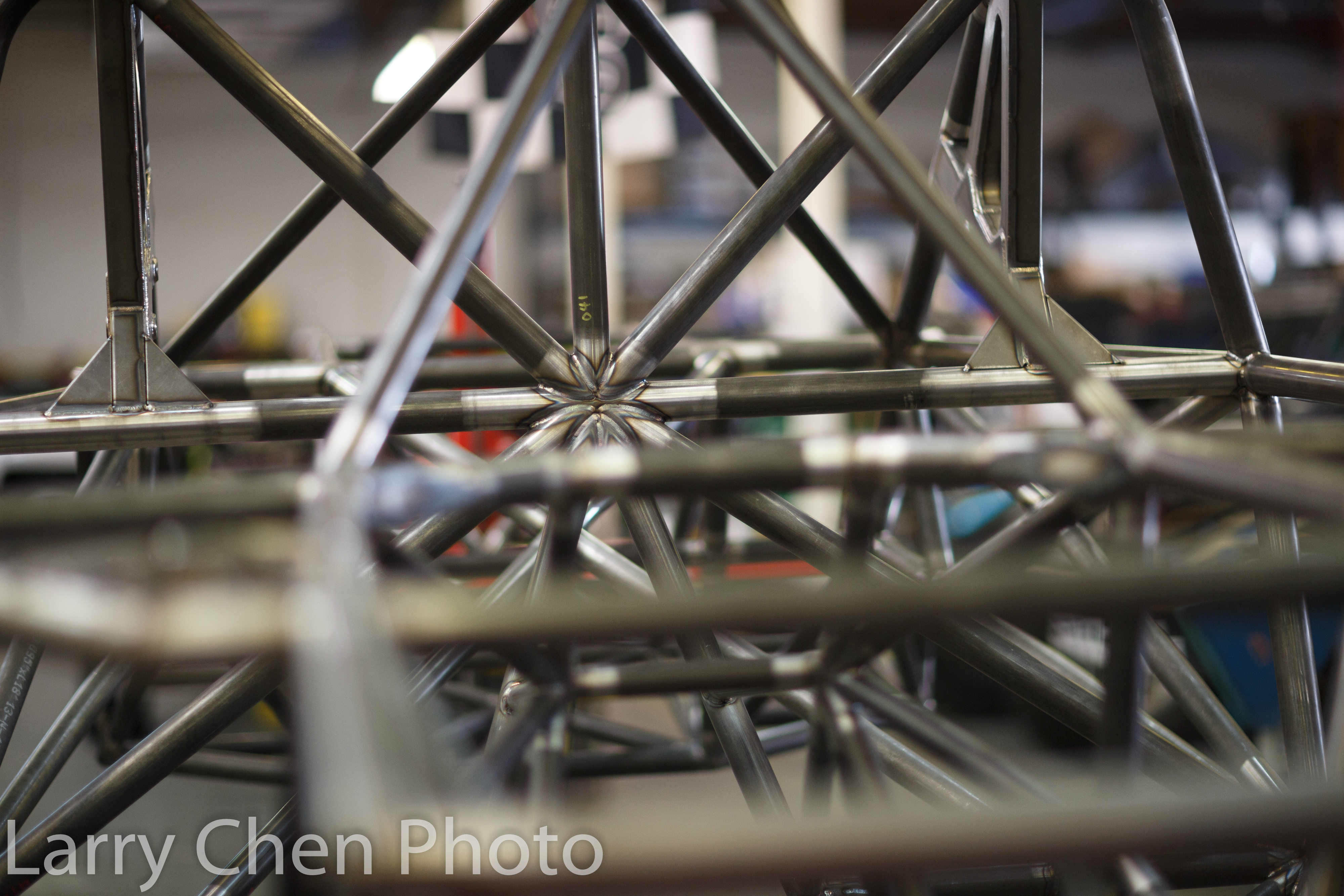
Larry: Was there a gap?
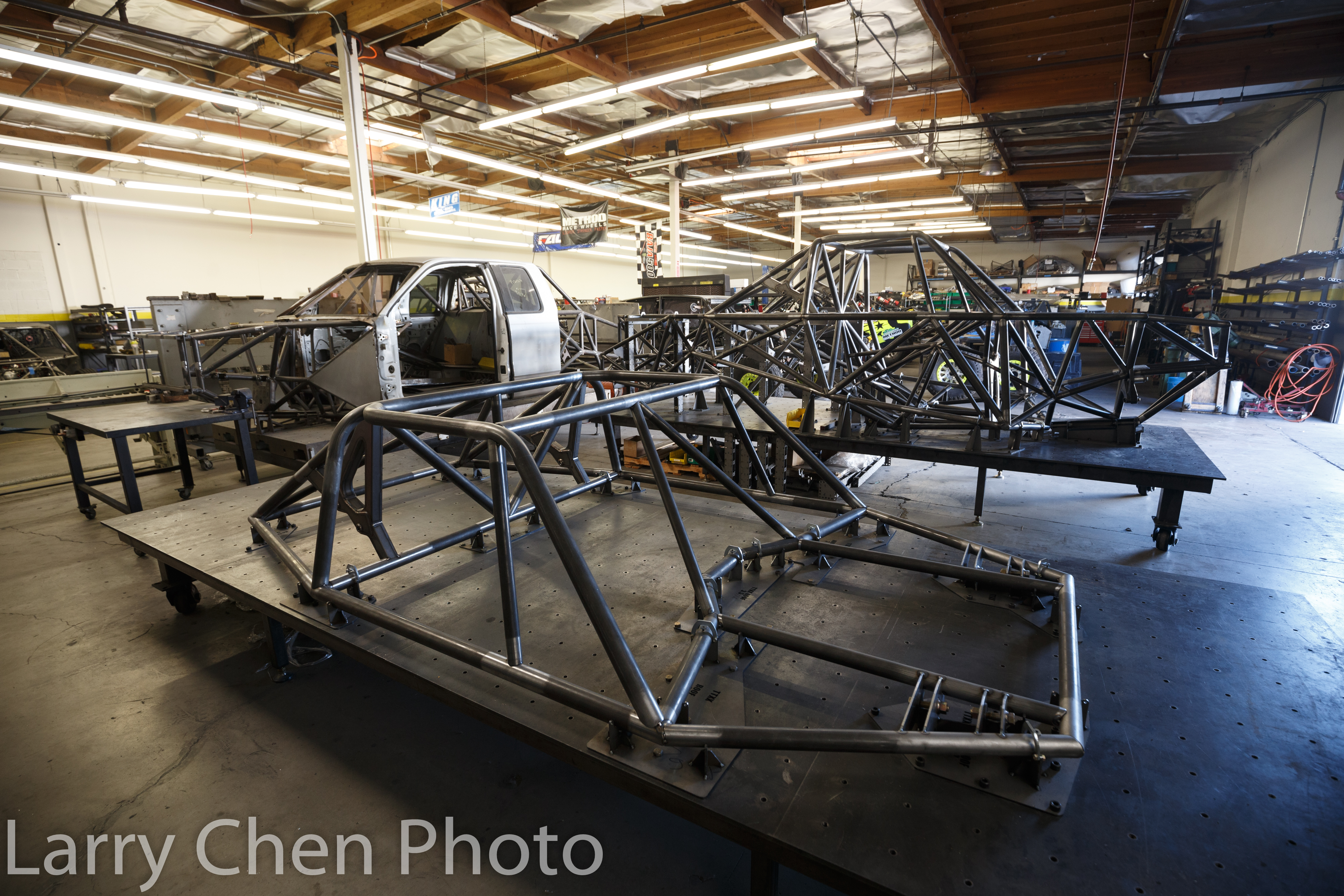
Jonathan: I started out making snowboards when I was younger. That didn’t go too far. I saw the off-road industry and noticed that they had bad-ass fabricators; their business side was lacking a bit though. We came up with a process between the places that we worked at where we could use all CAD engineering for the builds and make all our products flawless with super precision. We made the vehicles the same, tuned them the same, and we could do it in a quicker time.
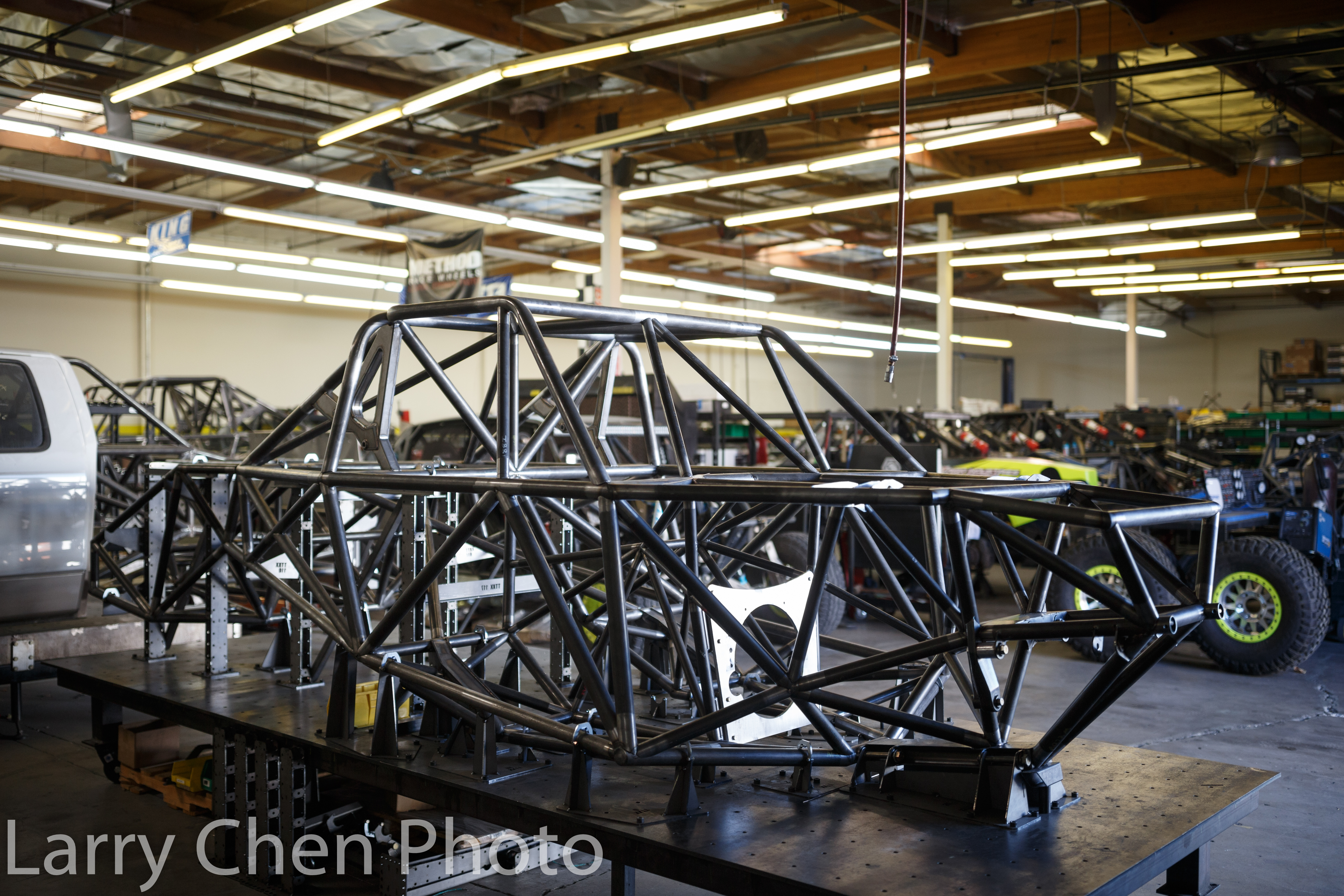
Larry: How many competitors did you guys have?
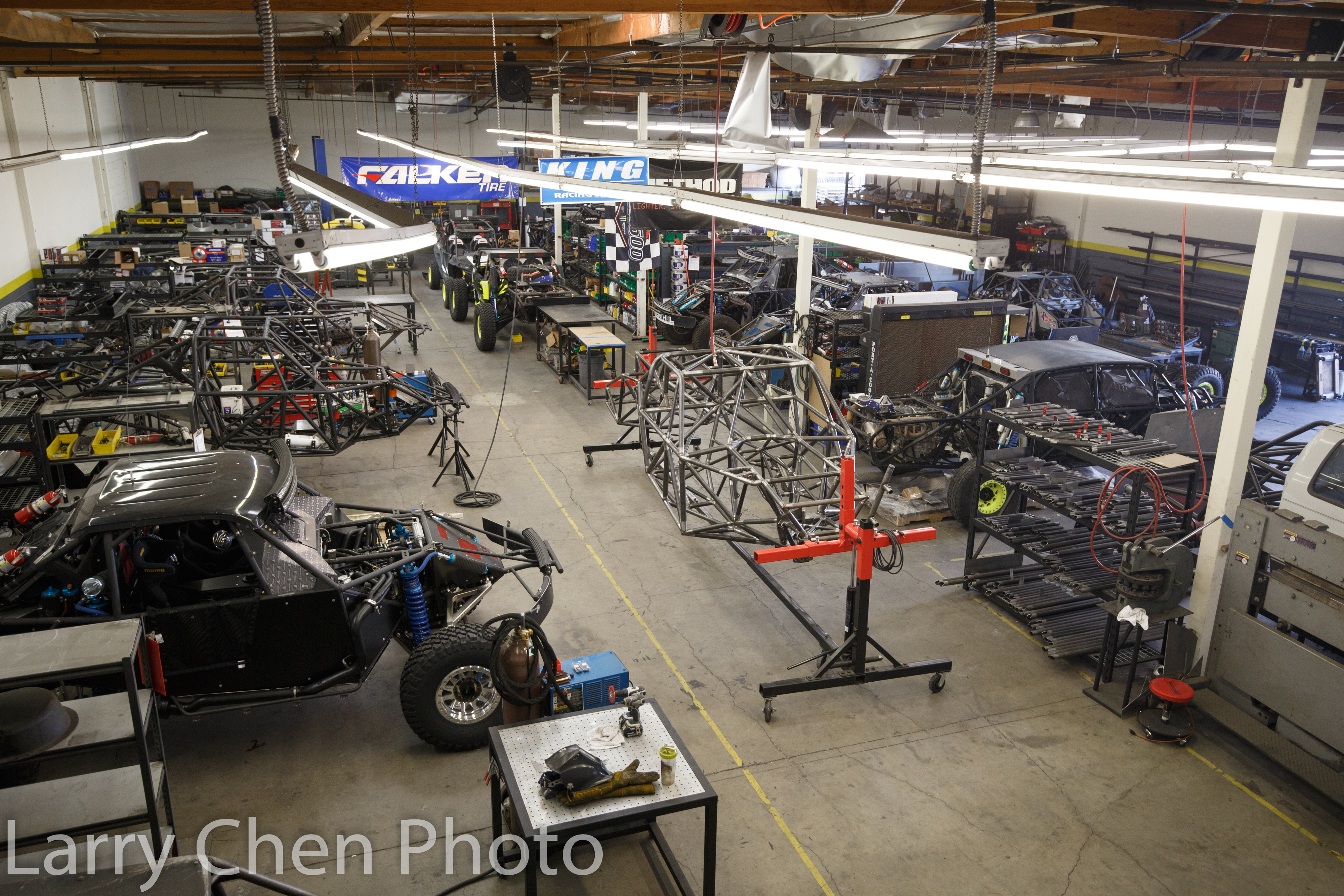
Jonathan: About three or so. They’d been around for 20-plus years and had their names, but there are guys like us coming in now and people are seeing the quality of the vehicle and say that it’s a better product.
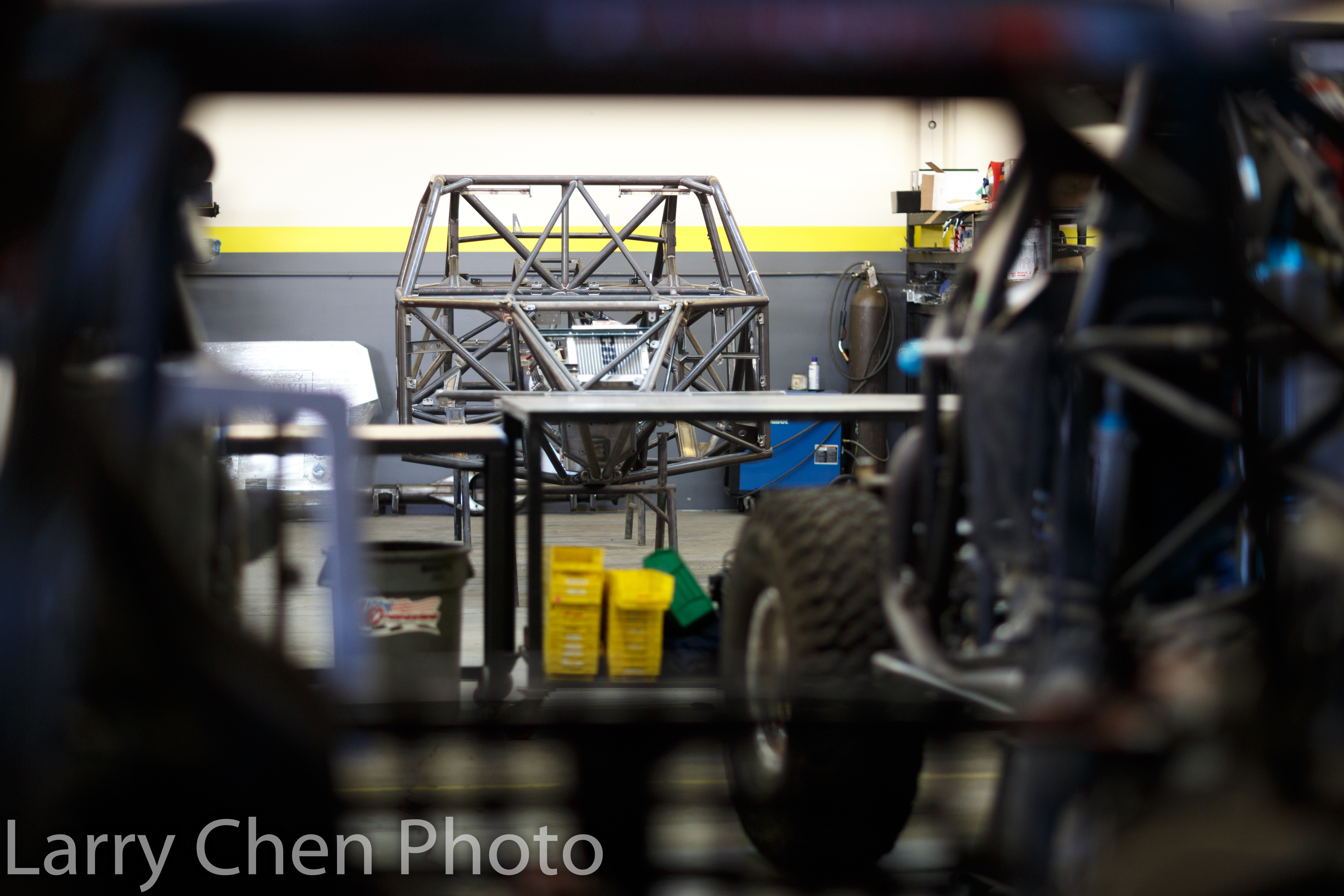
Jordan: We try to be more innovative with things. When you come in second position you’re a little more hungry, and I guarantee we offer better customer service. Just last week while we were pre-running for the San Felipe 250, there was a guy also pre-running who had a problem with his truck. I gave him one of our trucks to use while we took a look at his.
Chapter Two: Dakar
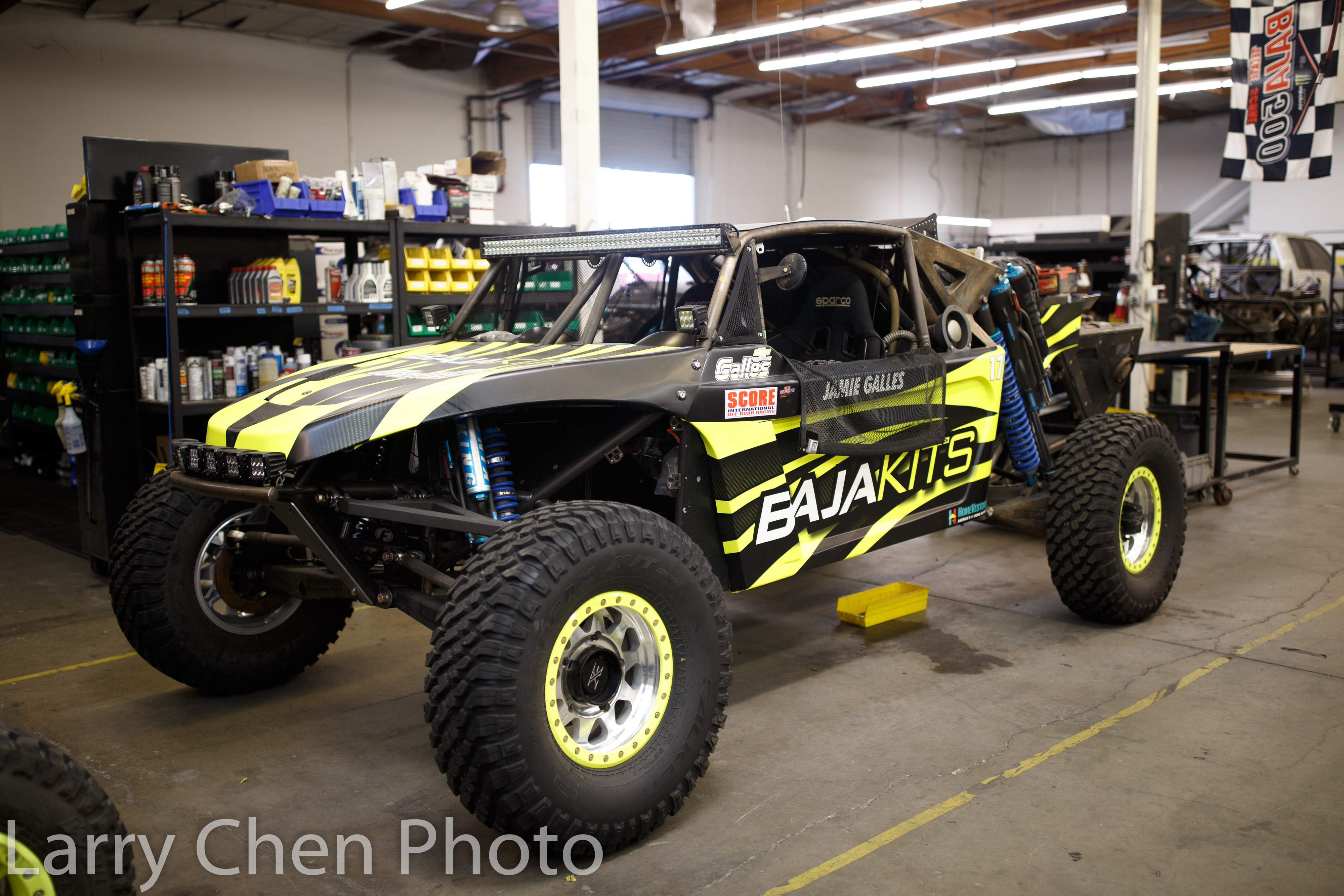
Larry: So someone wanted to race Dakar and came to you guys?

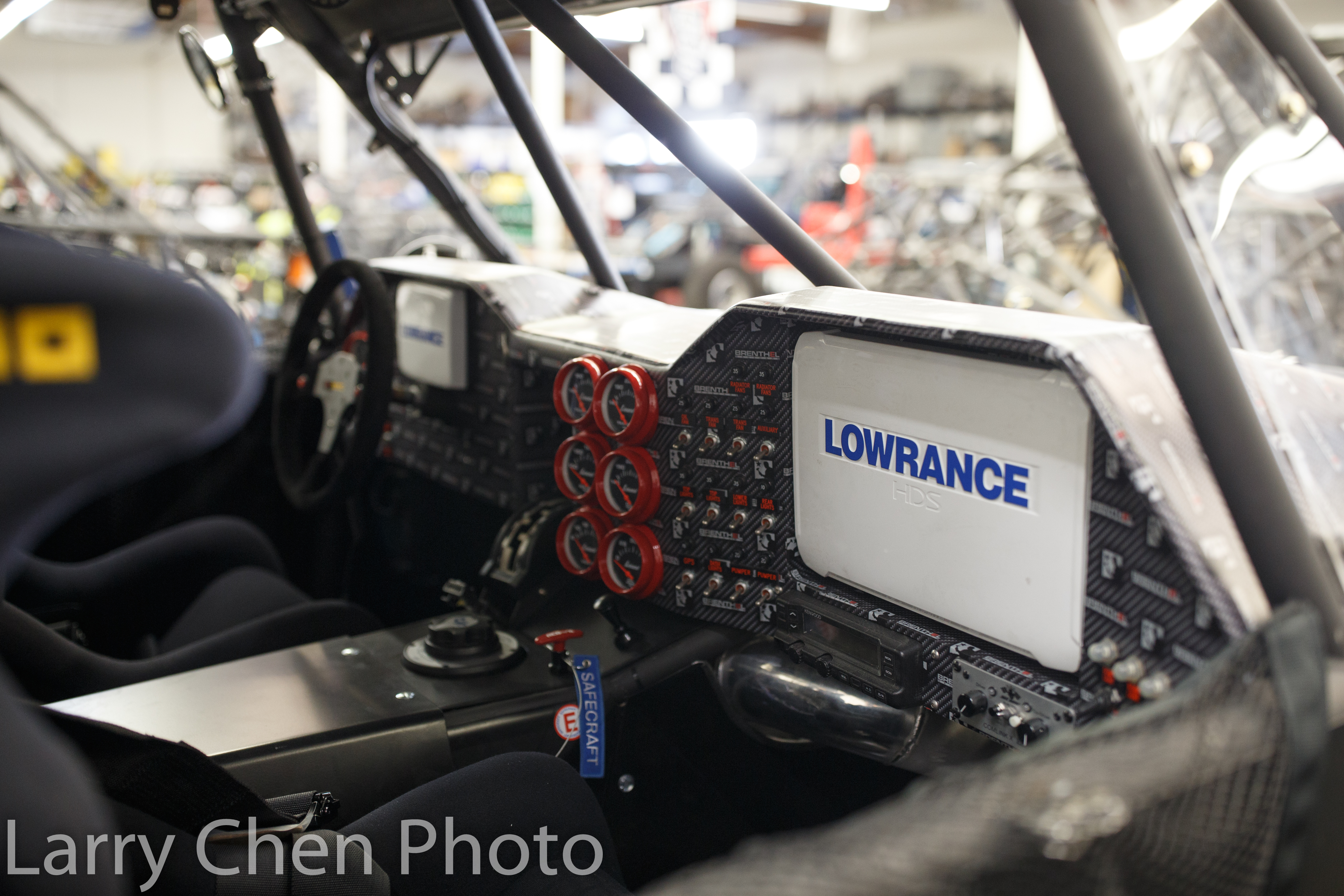
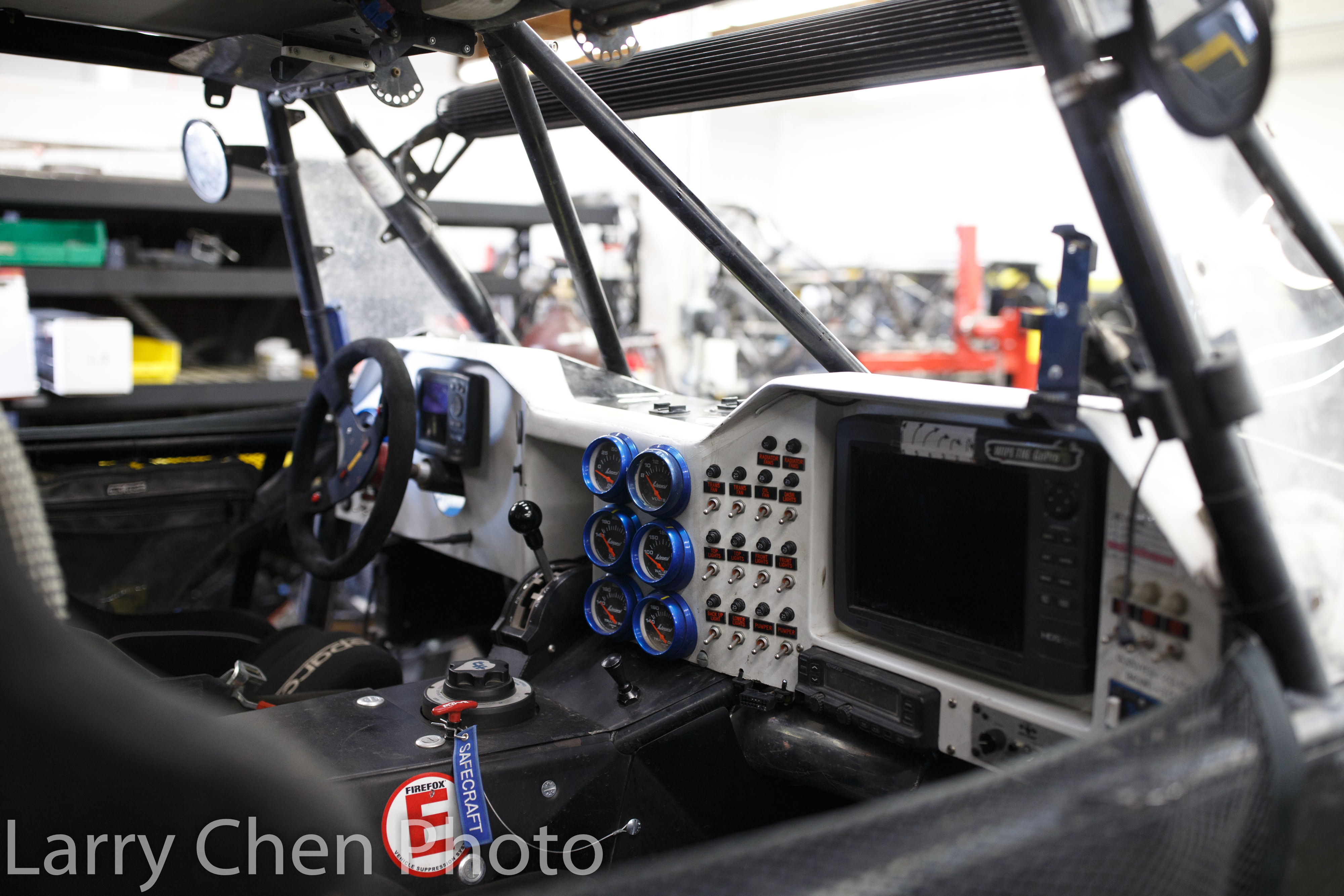
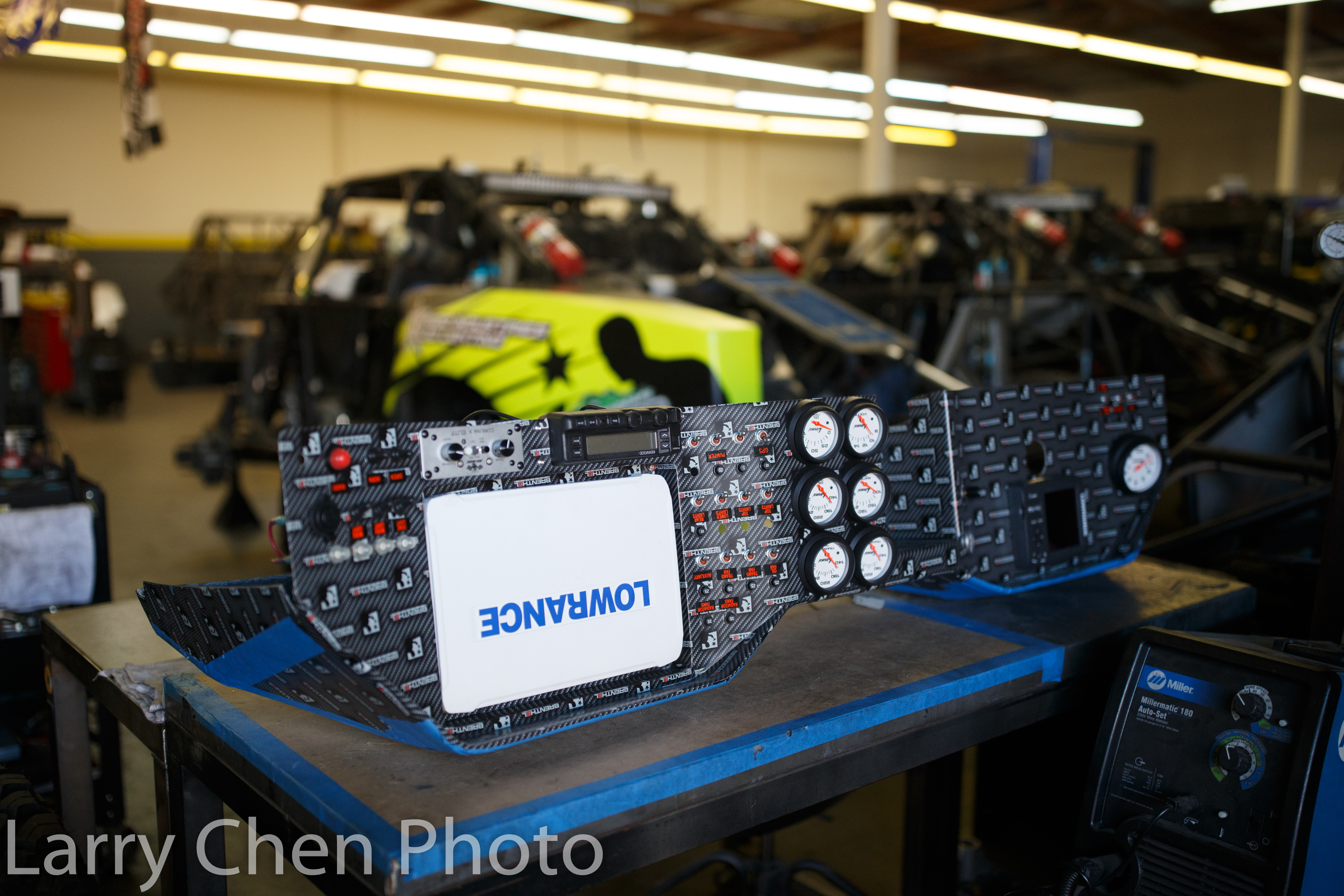
Jordan: Yeah! Jonathan is unique because he can make anything happen, with or without the finances, haha!
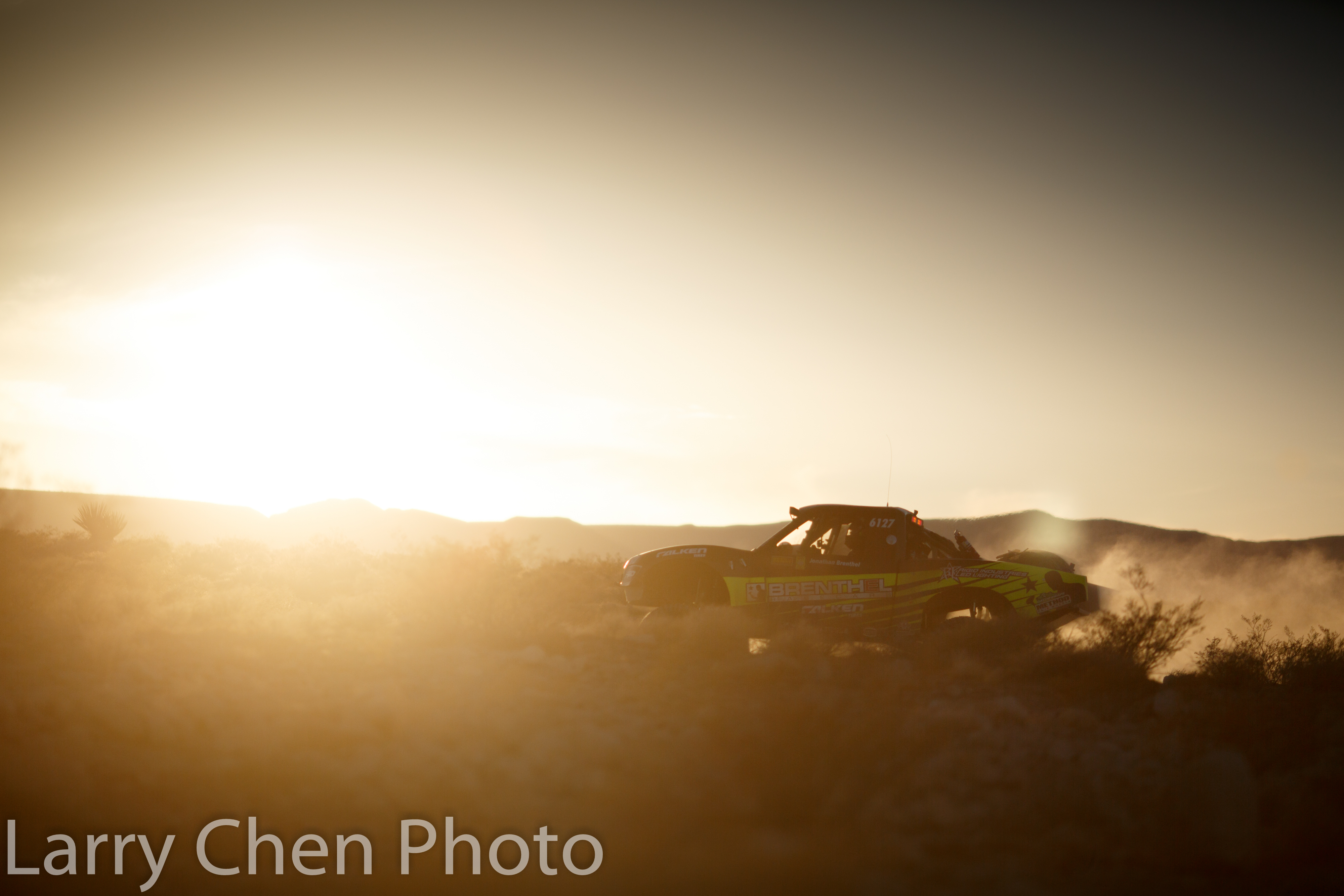
Jonathan: Someone won what’s called the ‘Dakar Challenge’ and got a free entry. Entry alone is $50K, just for the vehicle. The guy that won, who was a well=off individual, said it was too much and didn’t want to spend half a million dollars, especially with only three months to go. He called me up and said that it was mine to have. So I was happy that I got the entry but I just needed the other half million bucks!
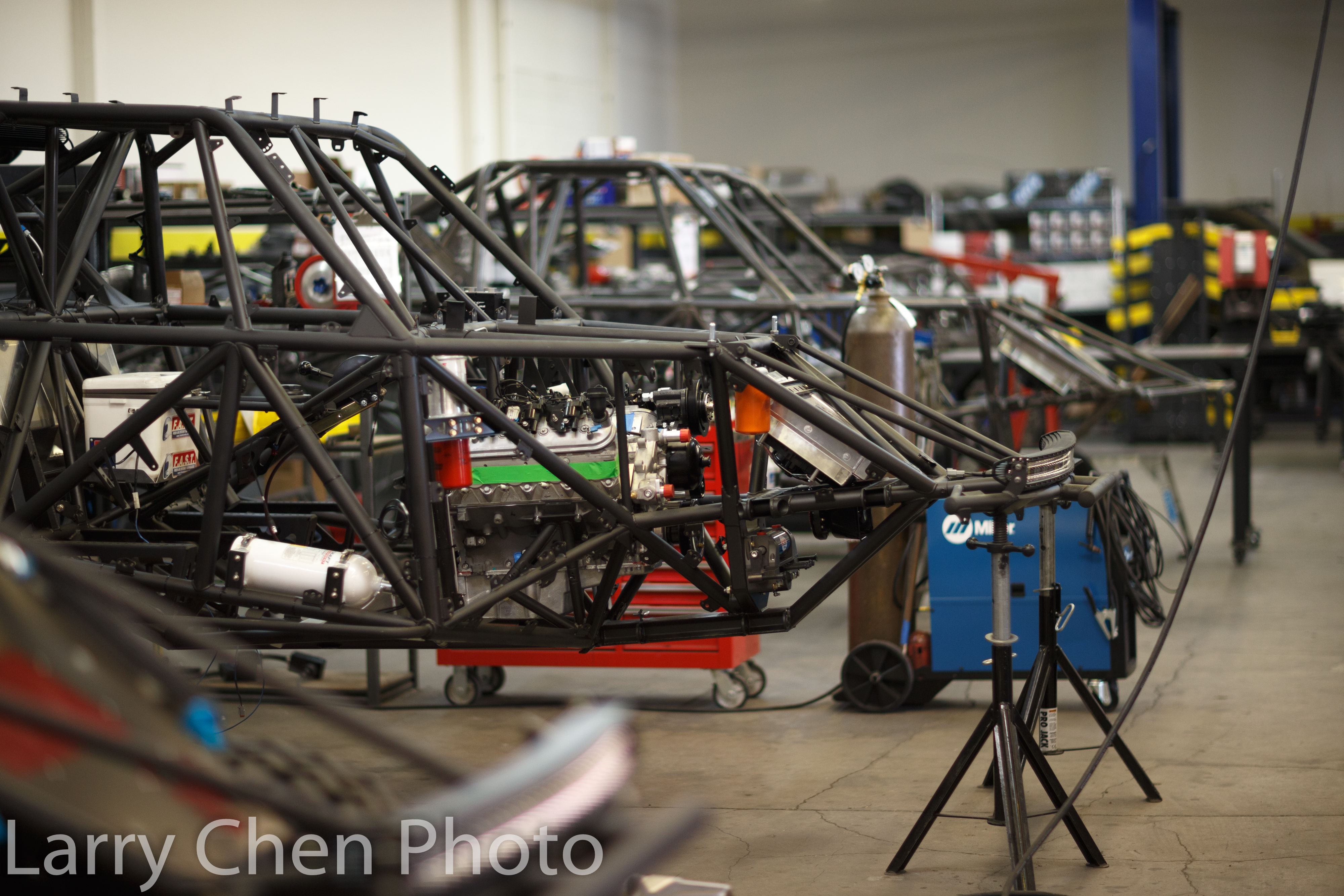
Larry: It’s kind of like getting free wheels, but needing to buy a car to fit them on.
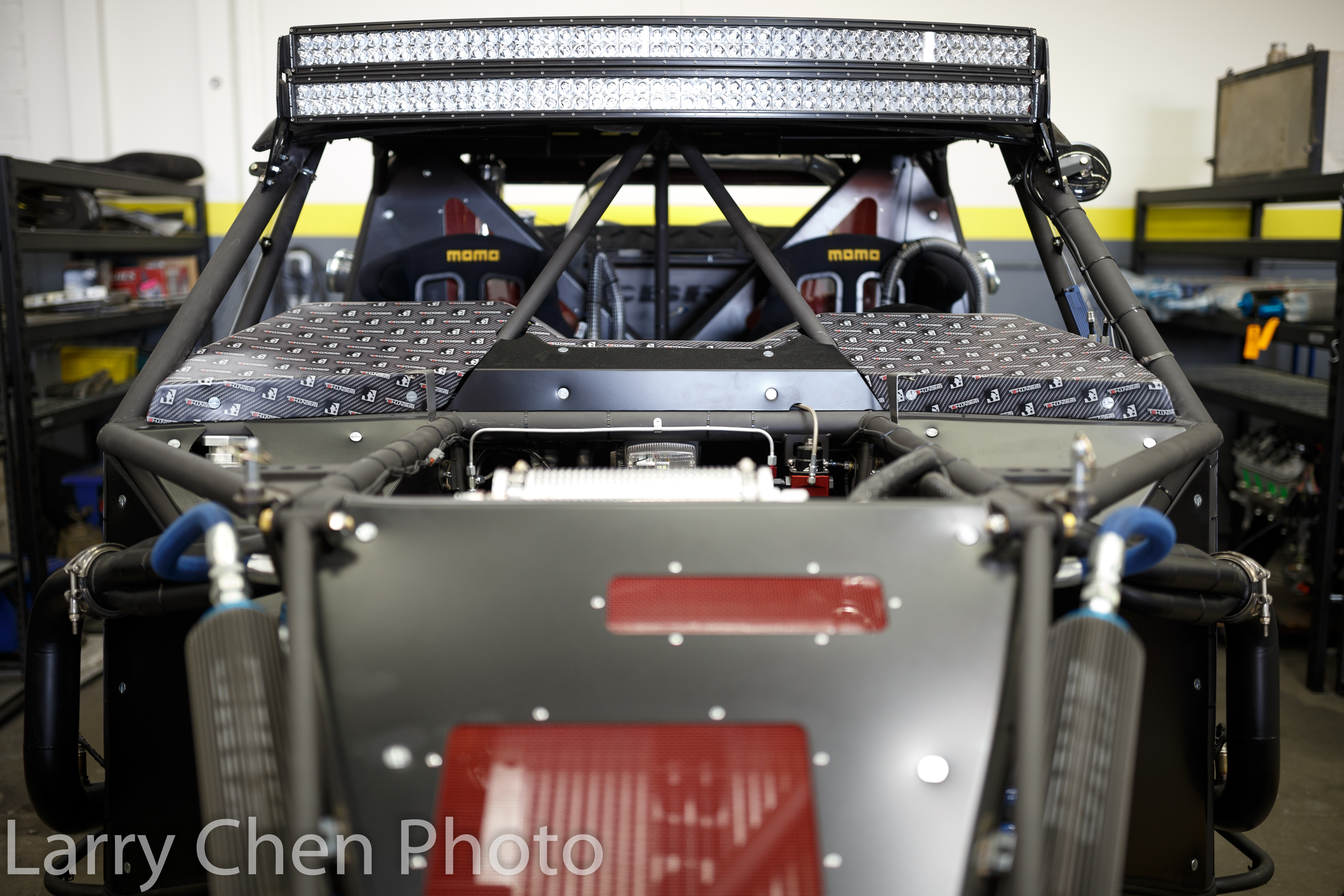
Jonathan: Exactly! It was just ridiculous. It was cool, but it just wouldn’t work. So we called the guy back and asked what’s the deal. We made a deal because he had the finances. He bought a car from us and wrapped it in Brenthel. It’s our wrap and our program. He paid for the both of us and two of our mechanics to head over, because each mechanic has their own entry fee as well. The only thing he didn’t pay for was our services and labor – we took care of that. It was a great experience but we didn’t have enough test time. We built the car in 45 days, start to finish.
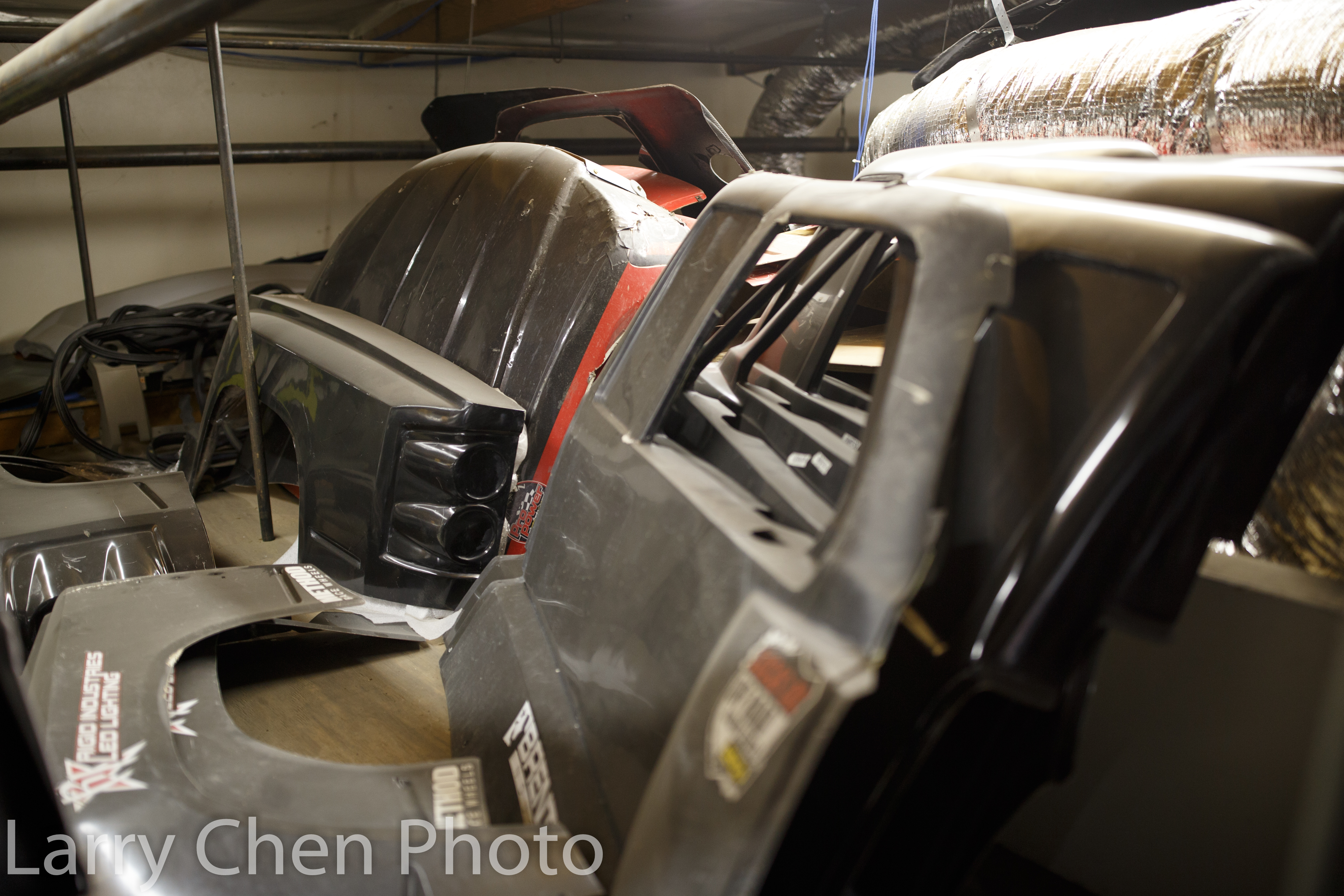
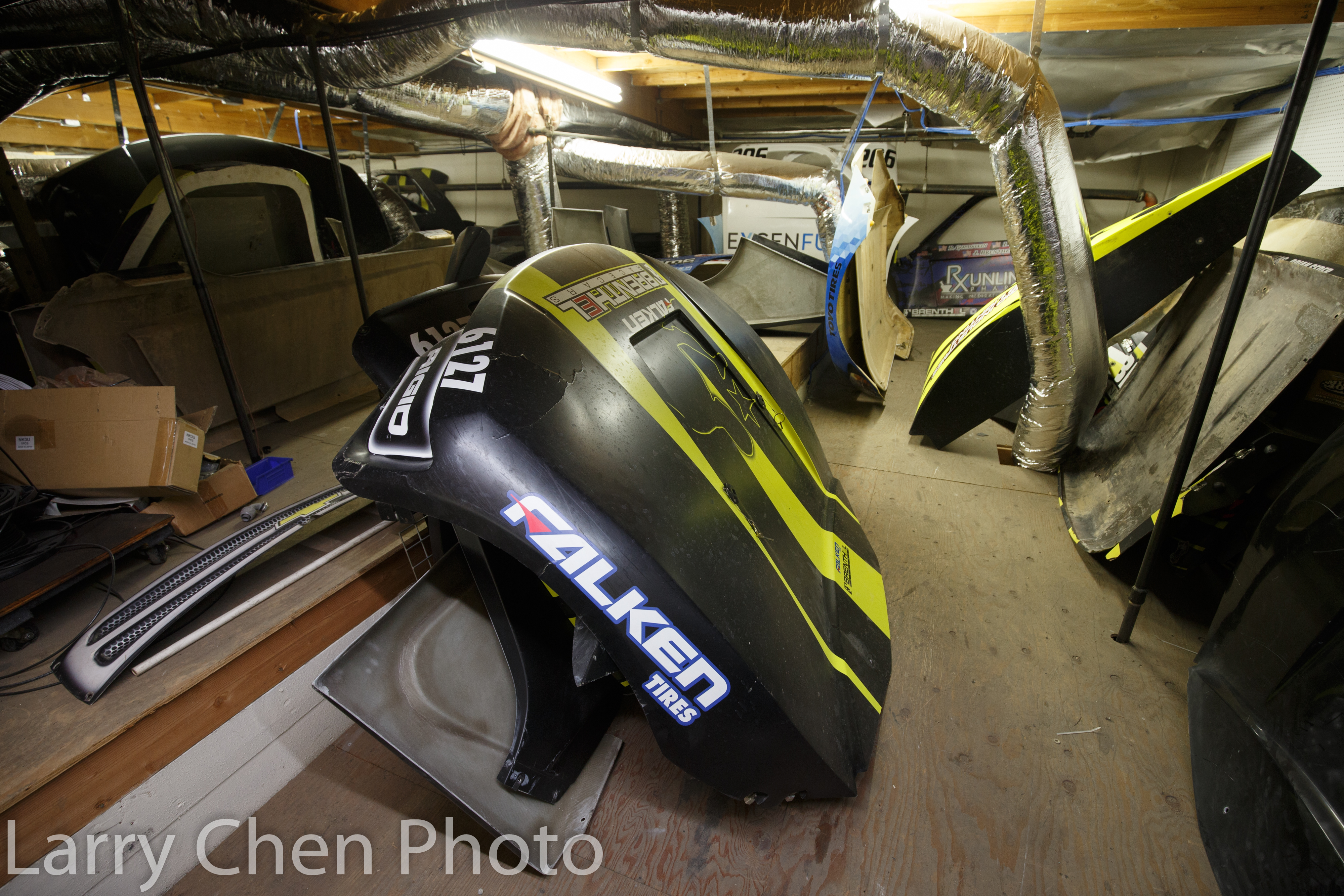
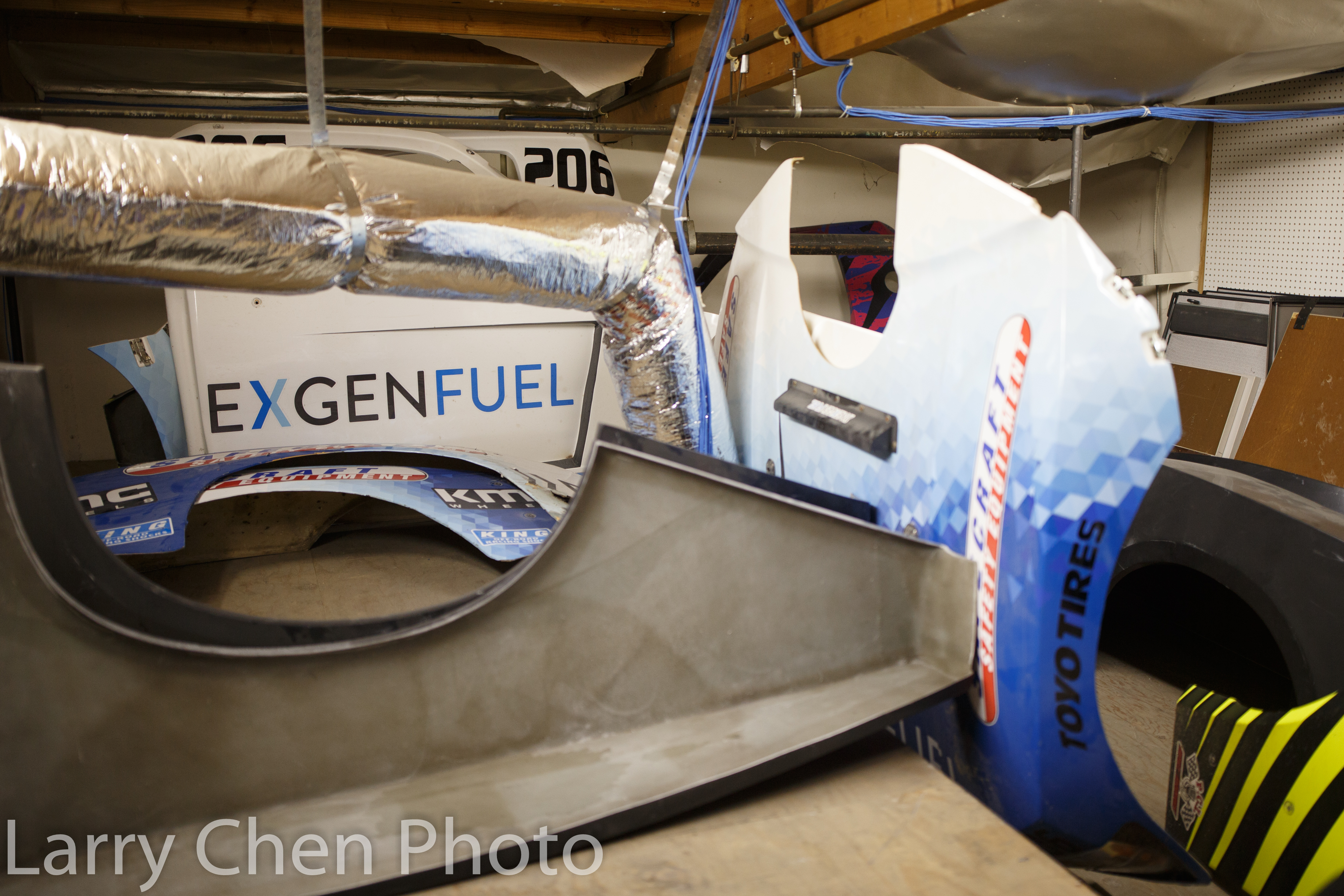
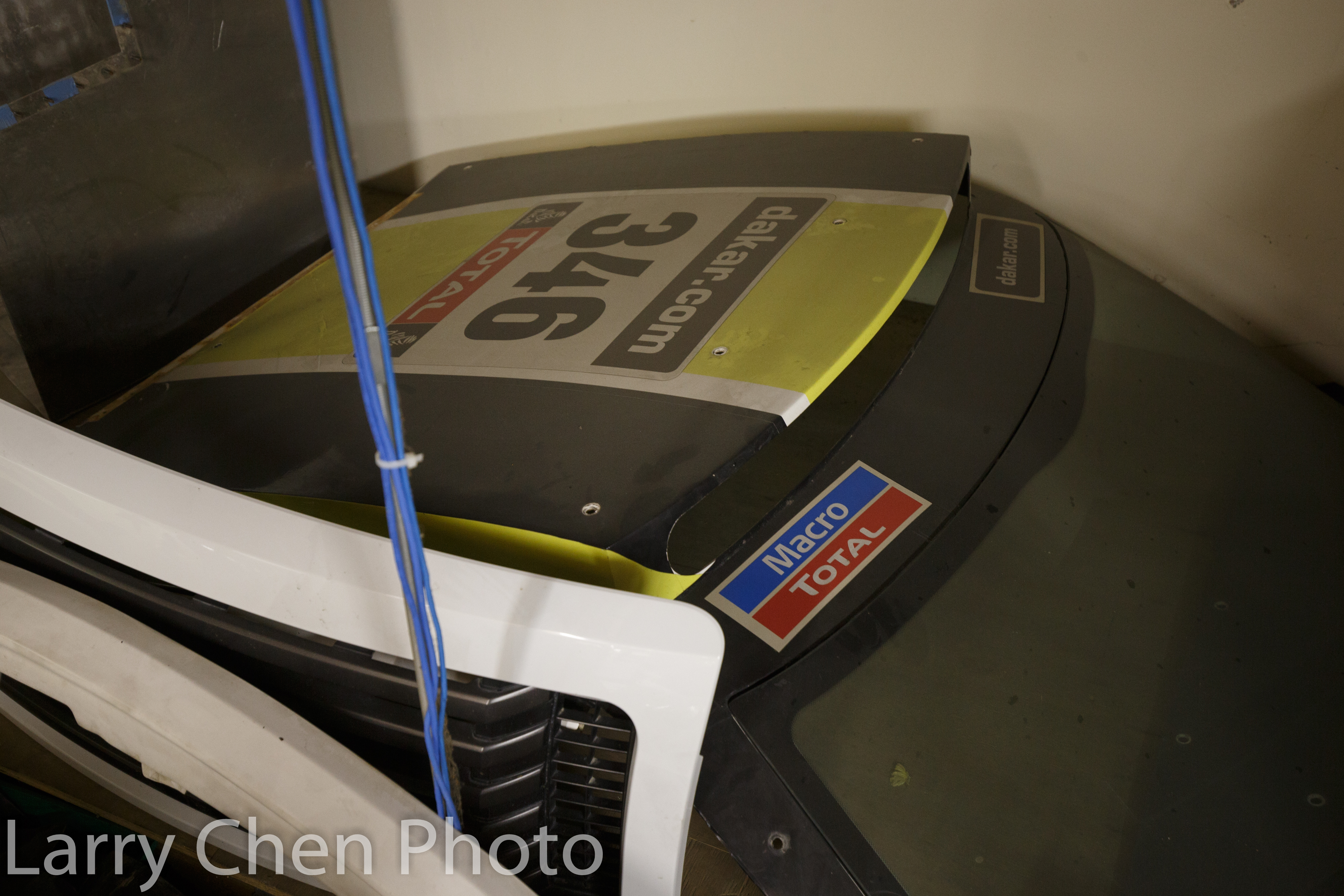
Ultimately, the driver had never driven in sand before and there was a huge number of sand stages. He got stuck four or five times and eventually timed out. The first three were all sand. It was really unfortunate because we talked about about getting a support truck, like those big trash trucks. Most of them are racing but some of them are out there just to support, but they’re $100K. Sometimes you can split it with three teams but it’s still a lot.
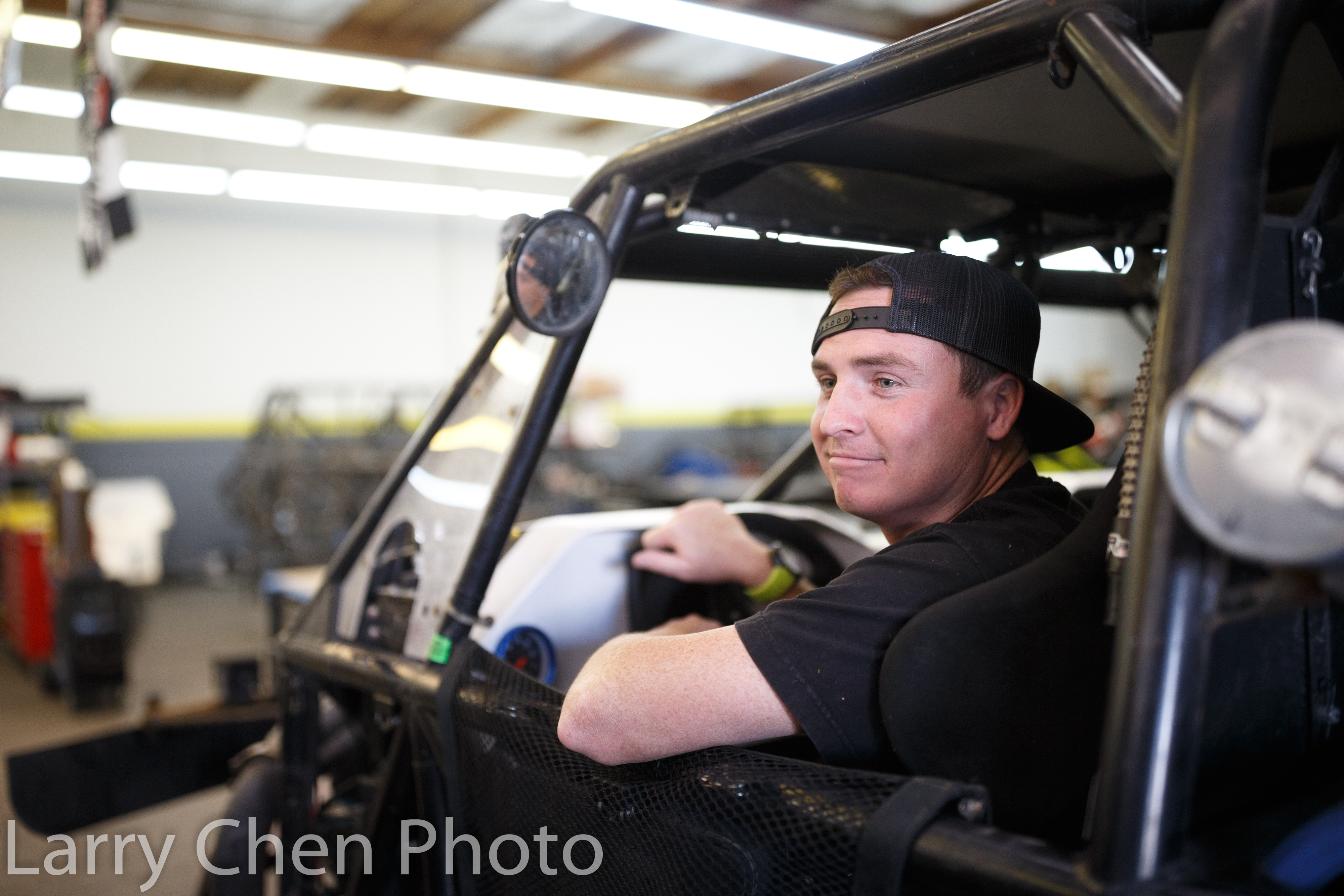
Jordan: You know happened to Robby and BJ in the first three days? They both got pulled out by their support trucks. You can only get pulled out and towed to the finish line by a competitor, which is why the support trucks have to enter into the race, and why it’s so expensive.
Chapter Three: Baja Kits
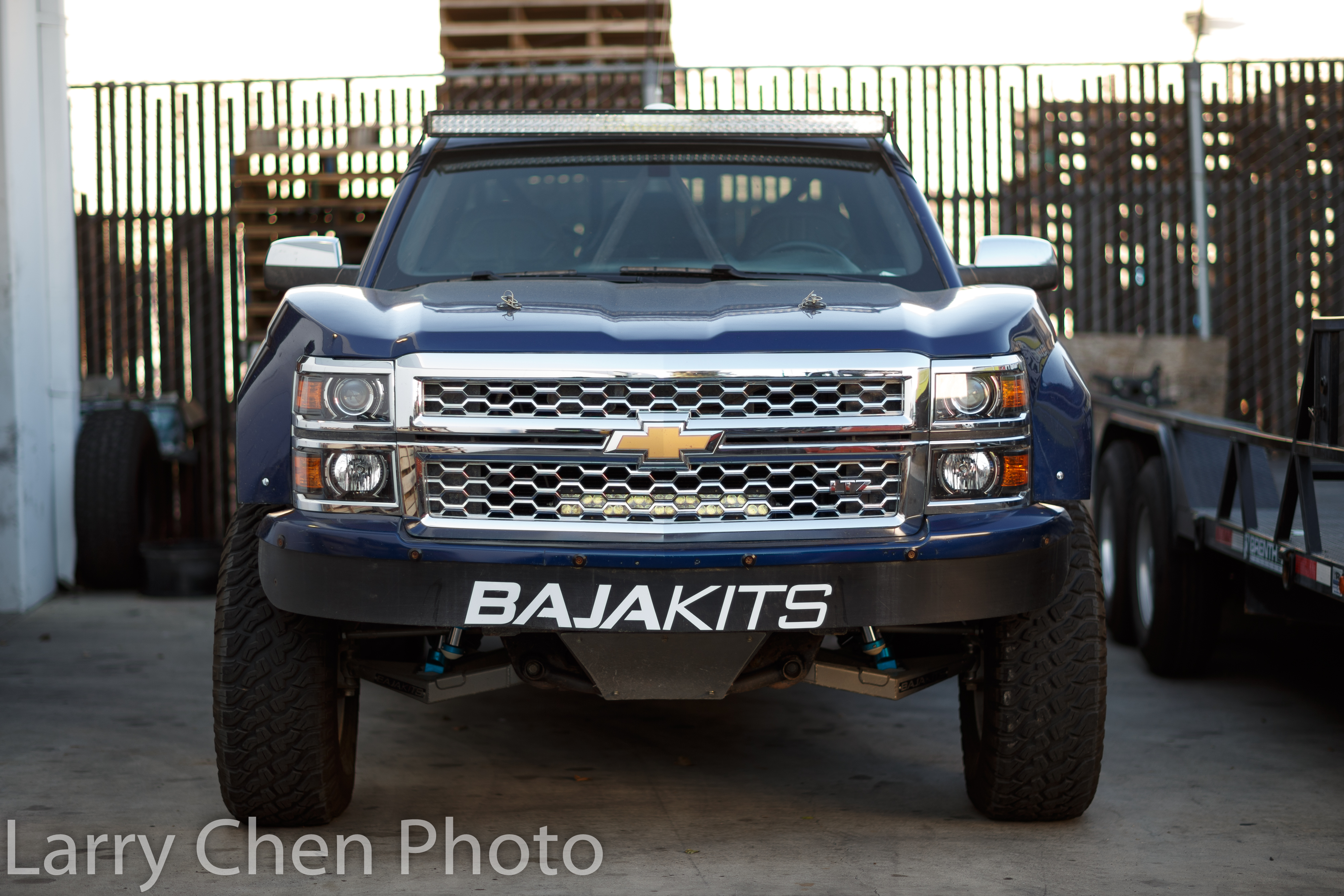
Larry: Let’s talk Baja Kits. How and why did you start making these? You guys seem to have your hands full with race trucks.
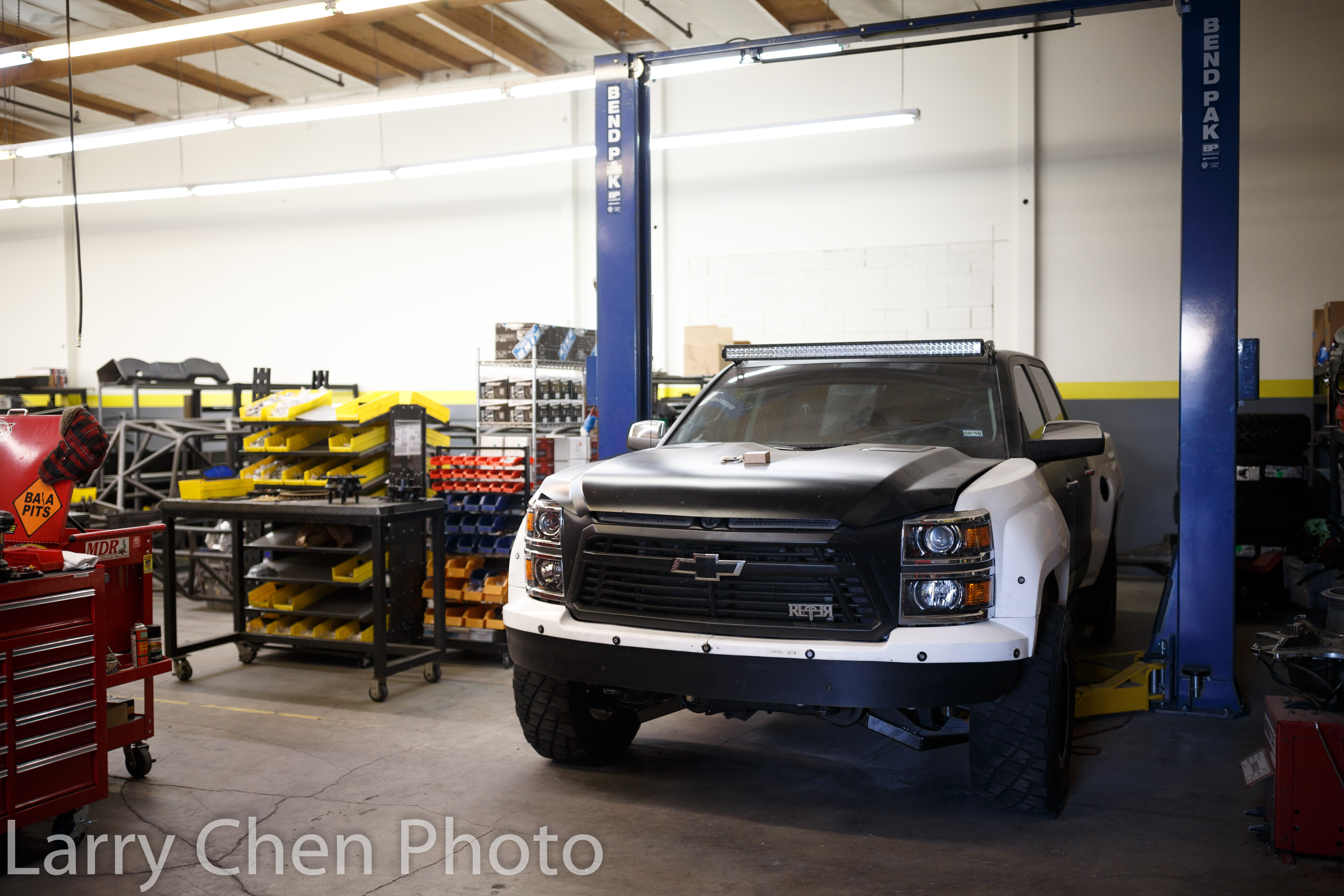
Jordan: People would ask us to make kits for their trucks because we made cool stuff and they wanted it for theirs. We kept turning them away because that’s just not what we do – we build race trucks. But people kept asking and asking, so one day this guy came in with a Toyota and we finally agreed to make one. He was actually referred to us by our dad at a gas station.
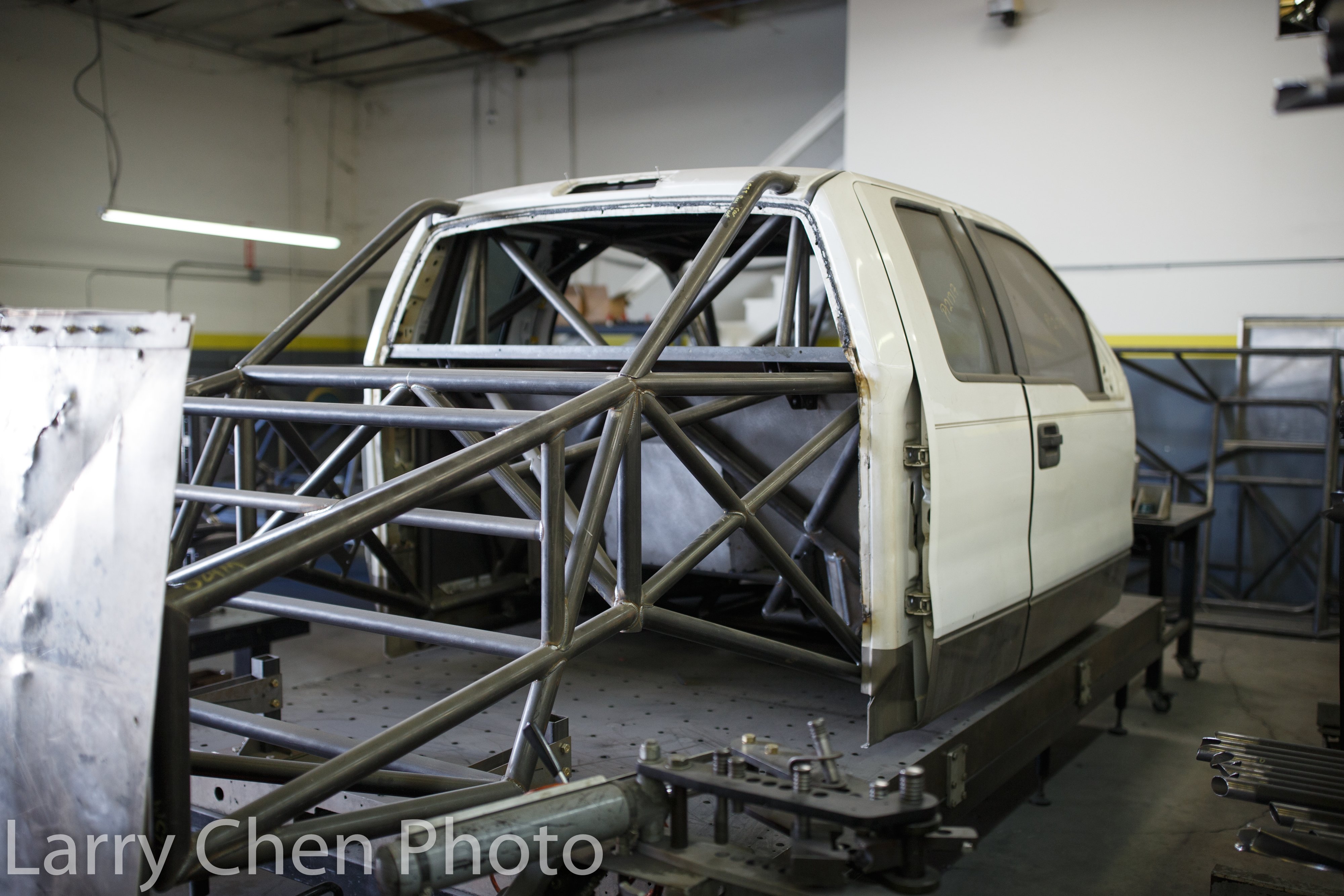
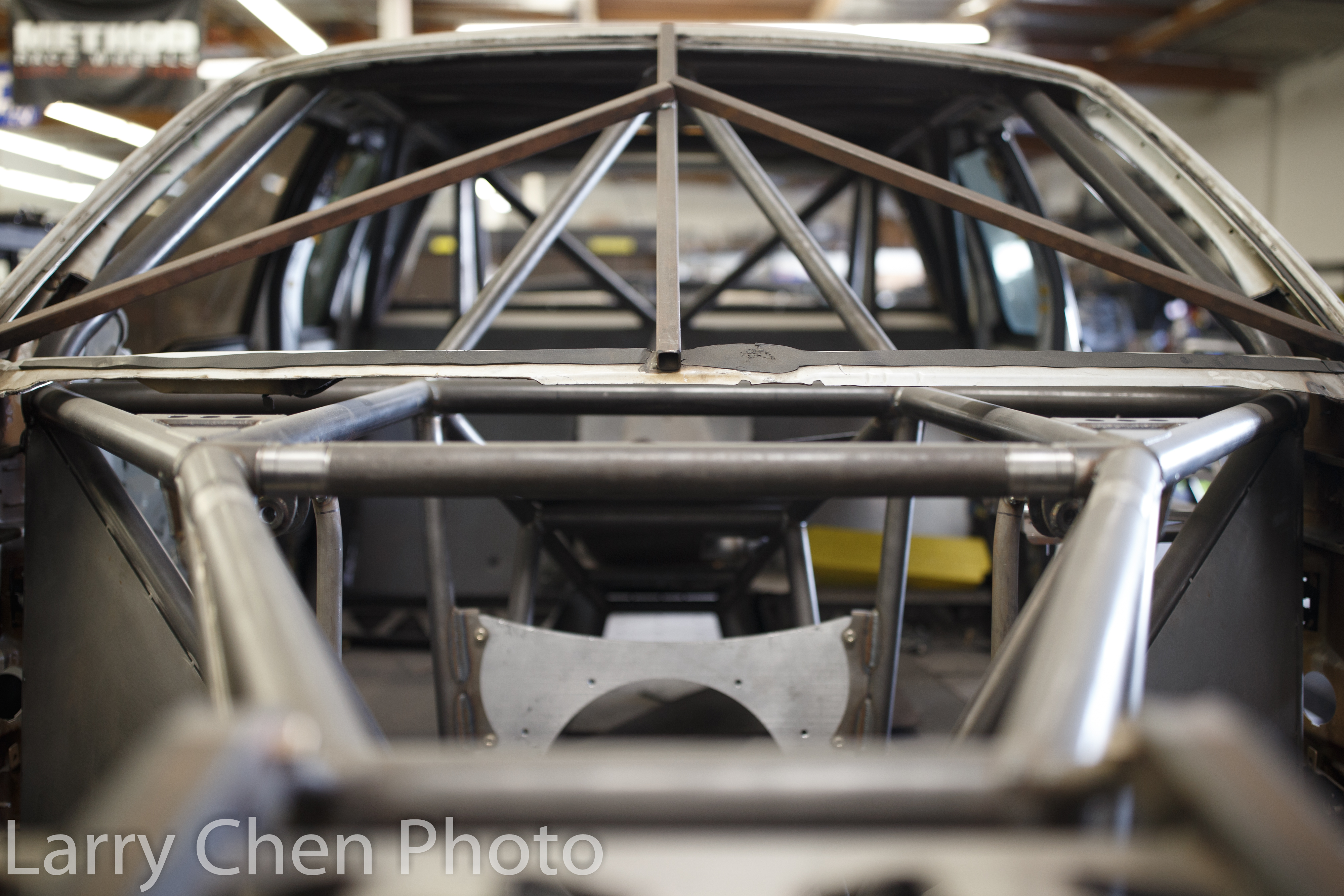
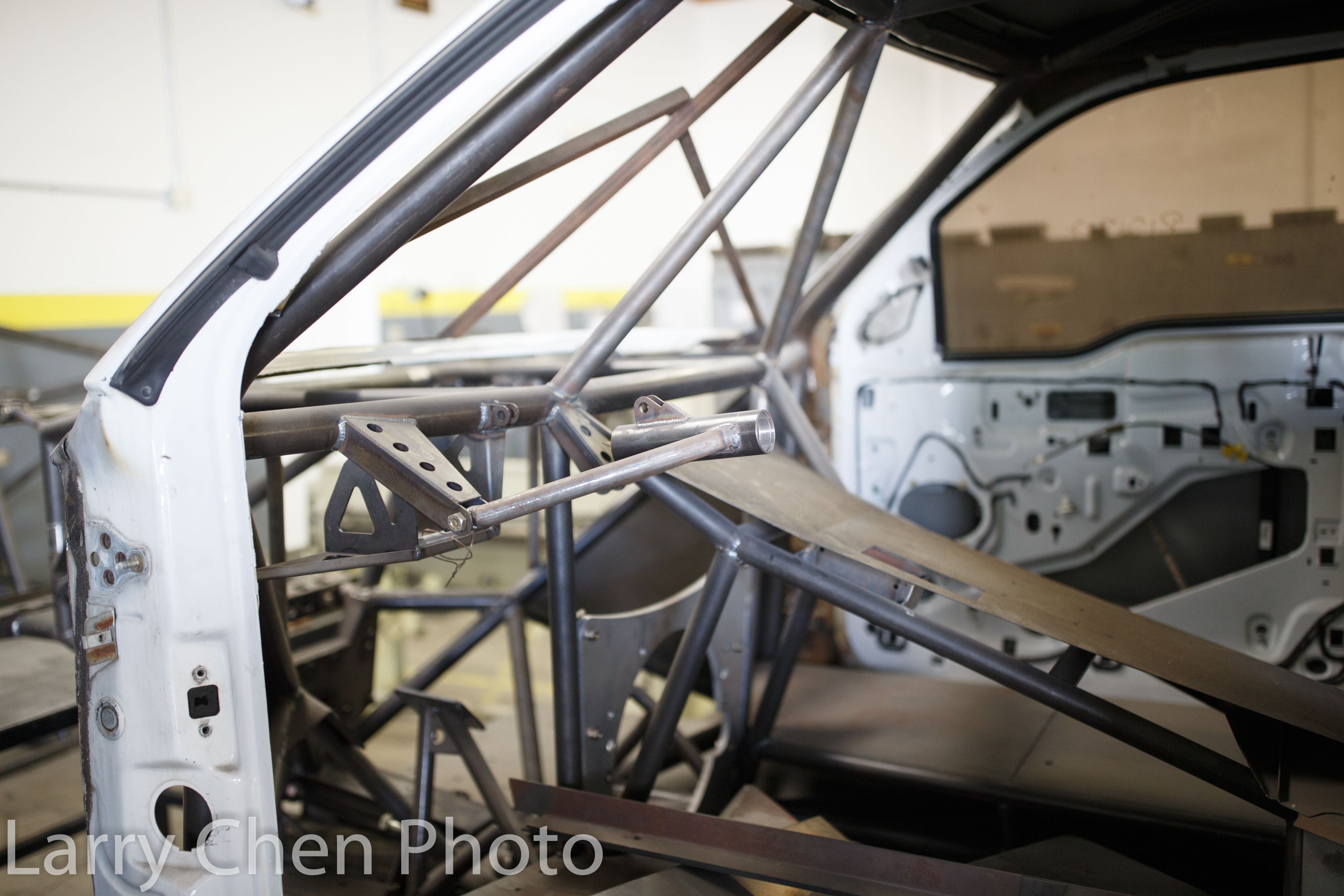
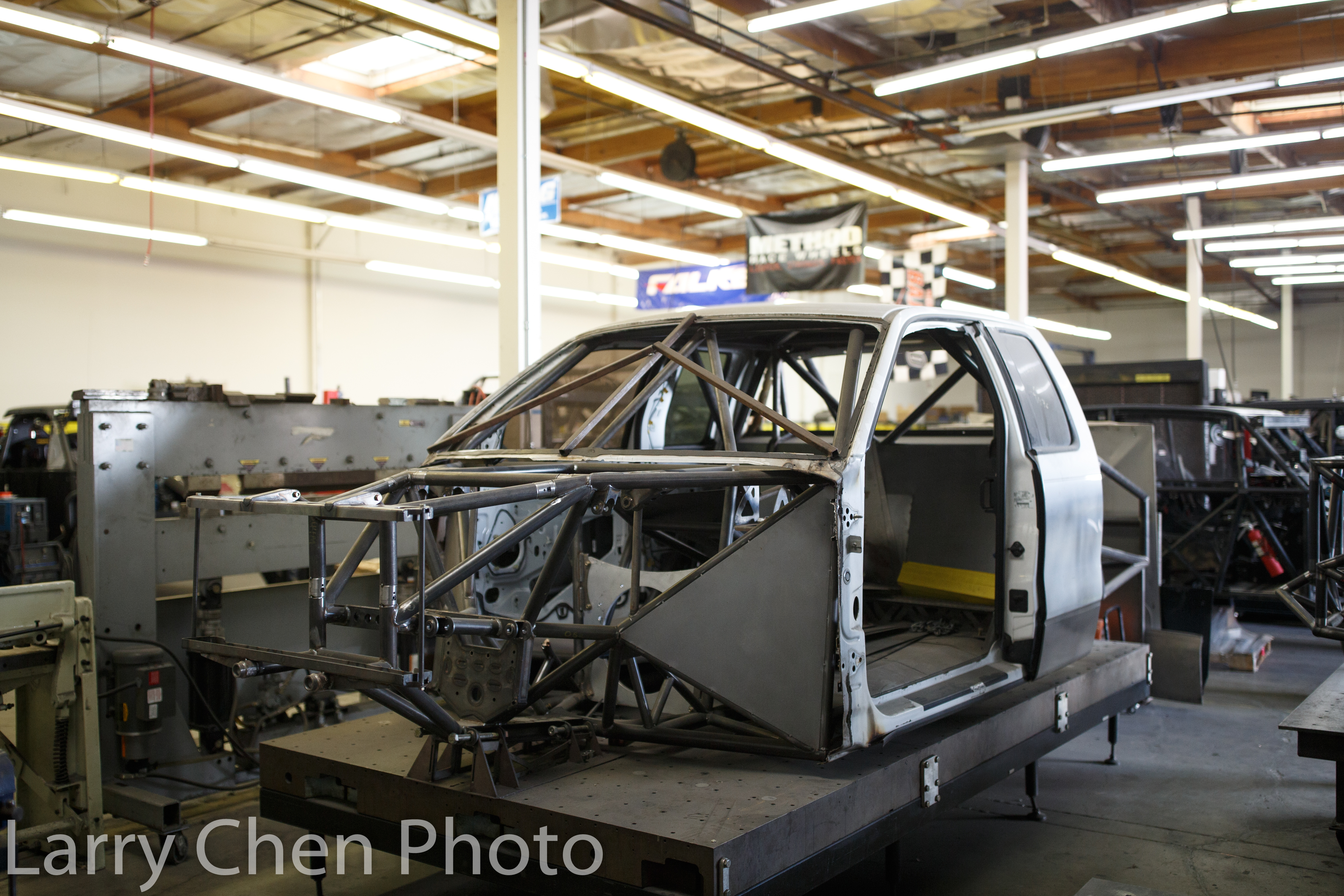
It was the first one of that particular kit and it wasn’t that great, but since them we started a process. Like our race trucks, everything goes through Solidworks. There is not a single thing here that’s not done in CAD; we cycle it all in the computer. We get all the factory frames from Ford, GM, and work with the engineers over there. The only exception is Toyota as they don’t offer it so we have to scan them.
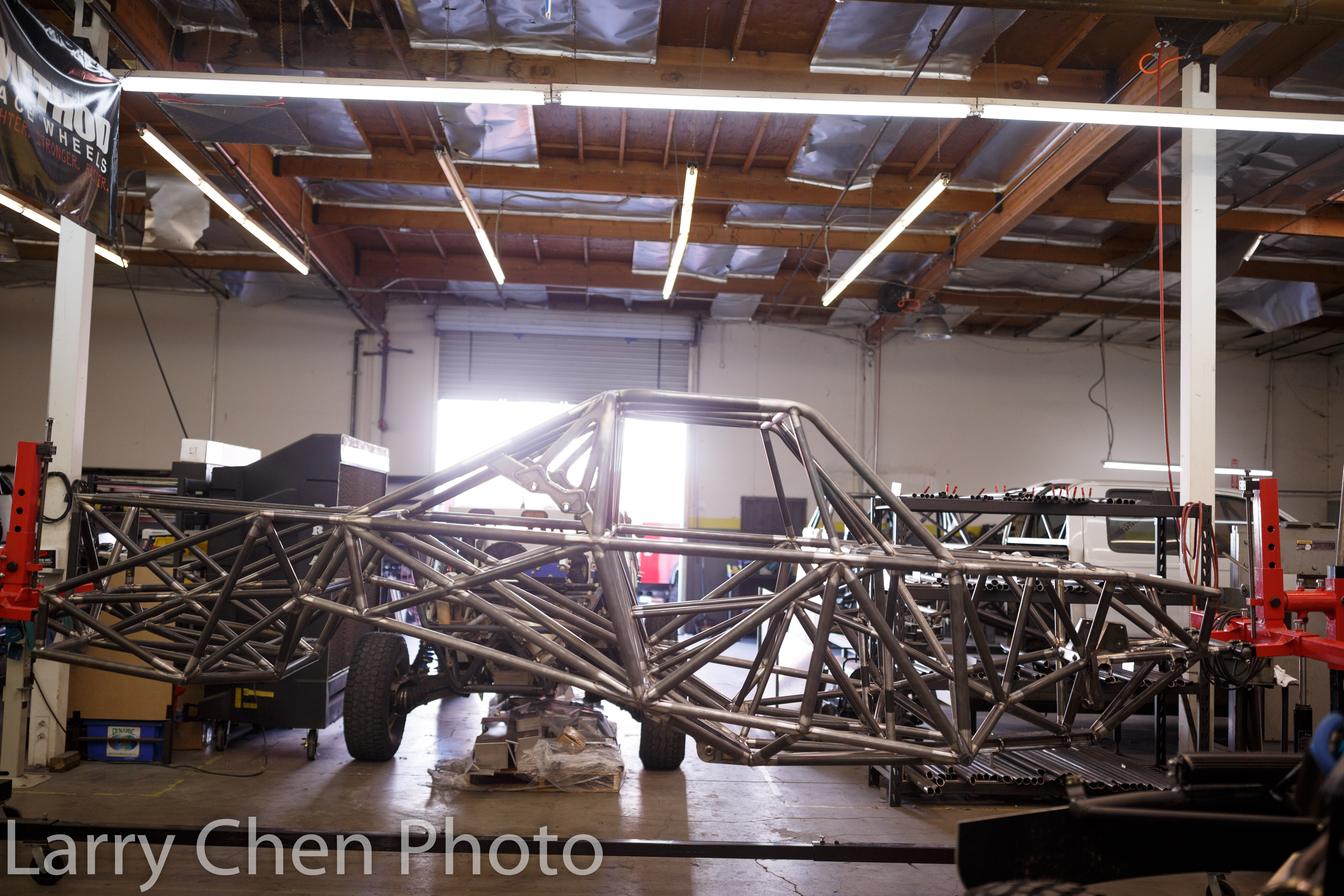
Larry: Was there a difference between Baja Kits and the race trucks for you guys?

Jonathan: The difference was the potential. We tapered off when we did 90 per cent race trucks and 10 per cent Baja Kits. It was really hard for me, Jordan was doing design and it was really hard to sell kits because they were only a thousand bucks and we needed more than that to sell these big cars for a quarter to half a million. So Jordan focused more on Baja Kits and I focused more on race cars. Race cars go up and down in price but Baja Kits have more potential and a broader market.
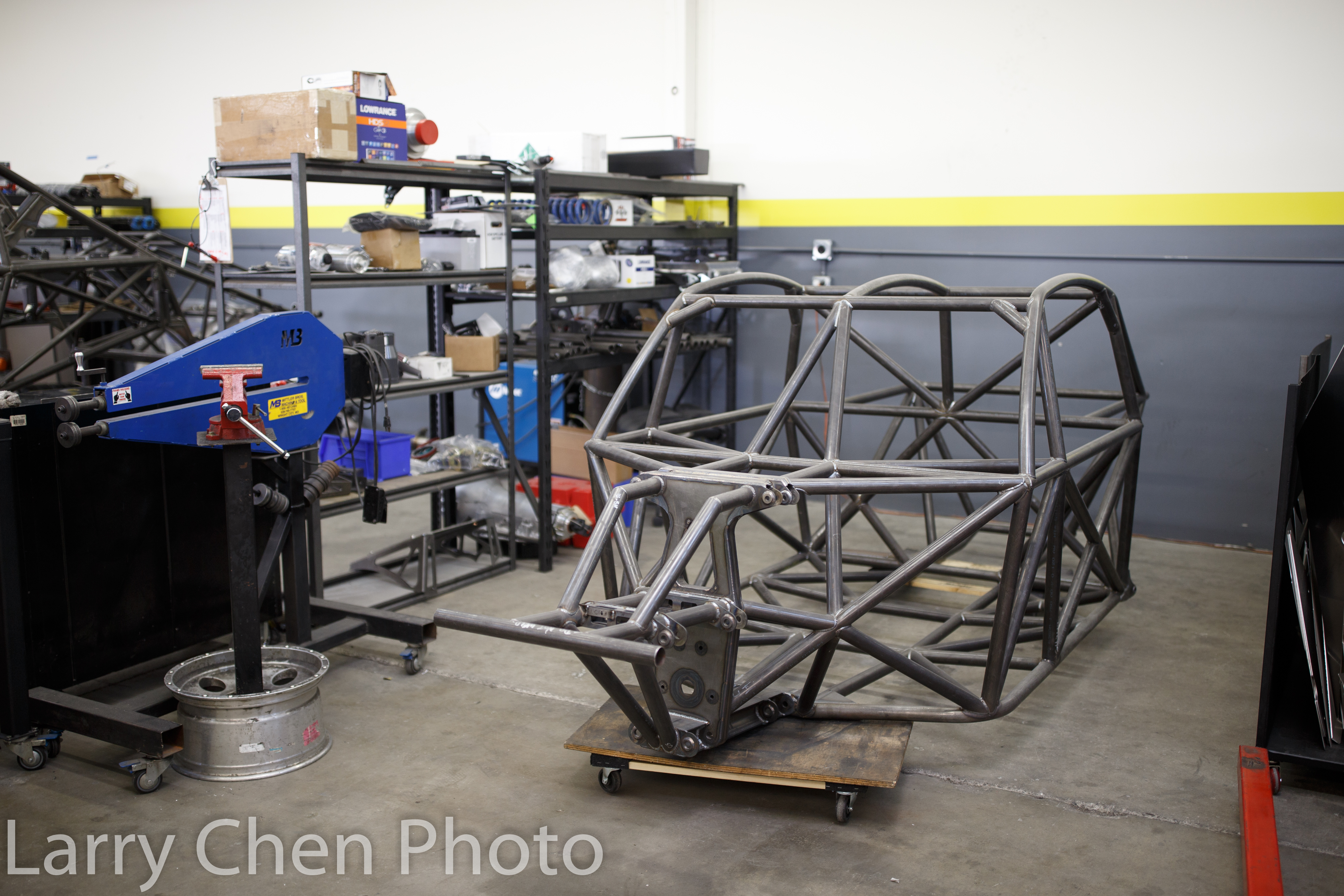
Larry: That’s one thing I noticed about off-road car culture: followers are so into it with their own cars. You go to King Of The Hammers and stuff and you see how much they spend on their own rigs, whereas the community in, let’s say drifting or rally, is just not at the level of the off-road guys.
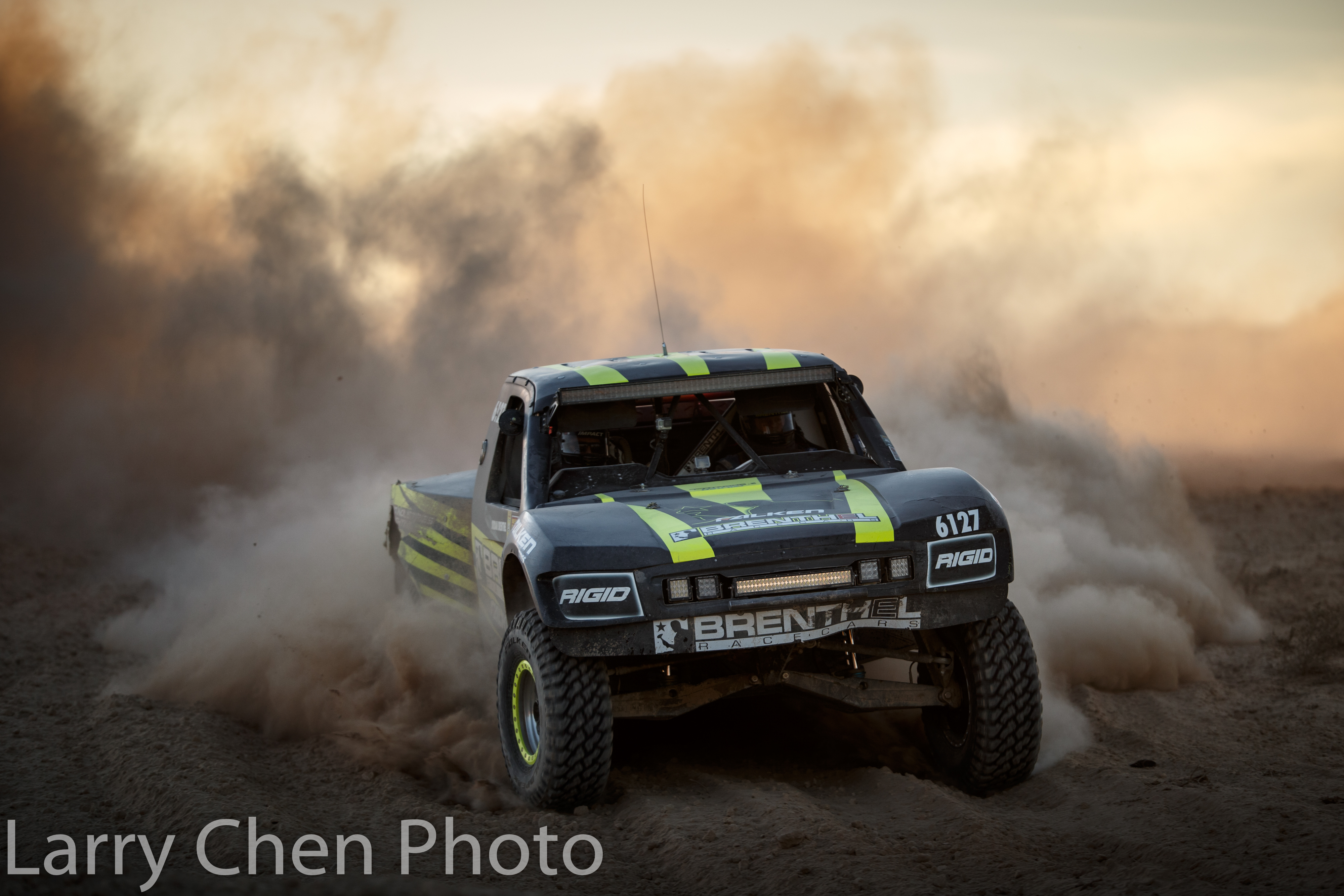
Jonathan: It’s crazy because the Ford Raptor has helped us significantly. It literally boosted everything for us. Guys would come in and drop $50K on a front and rear end. They initially came in for Raptor products but asked about our race trucks, not knowing anything about them. We thought they were joking when they said they wanted them, but two months later, yeah. We have two builds right now that ultimately came from Raptors.
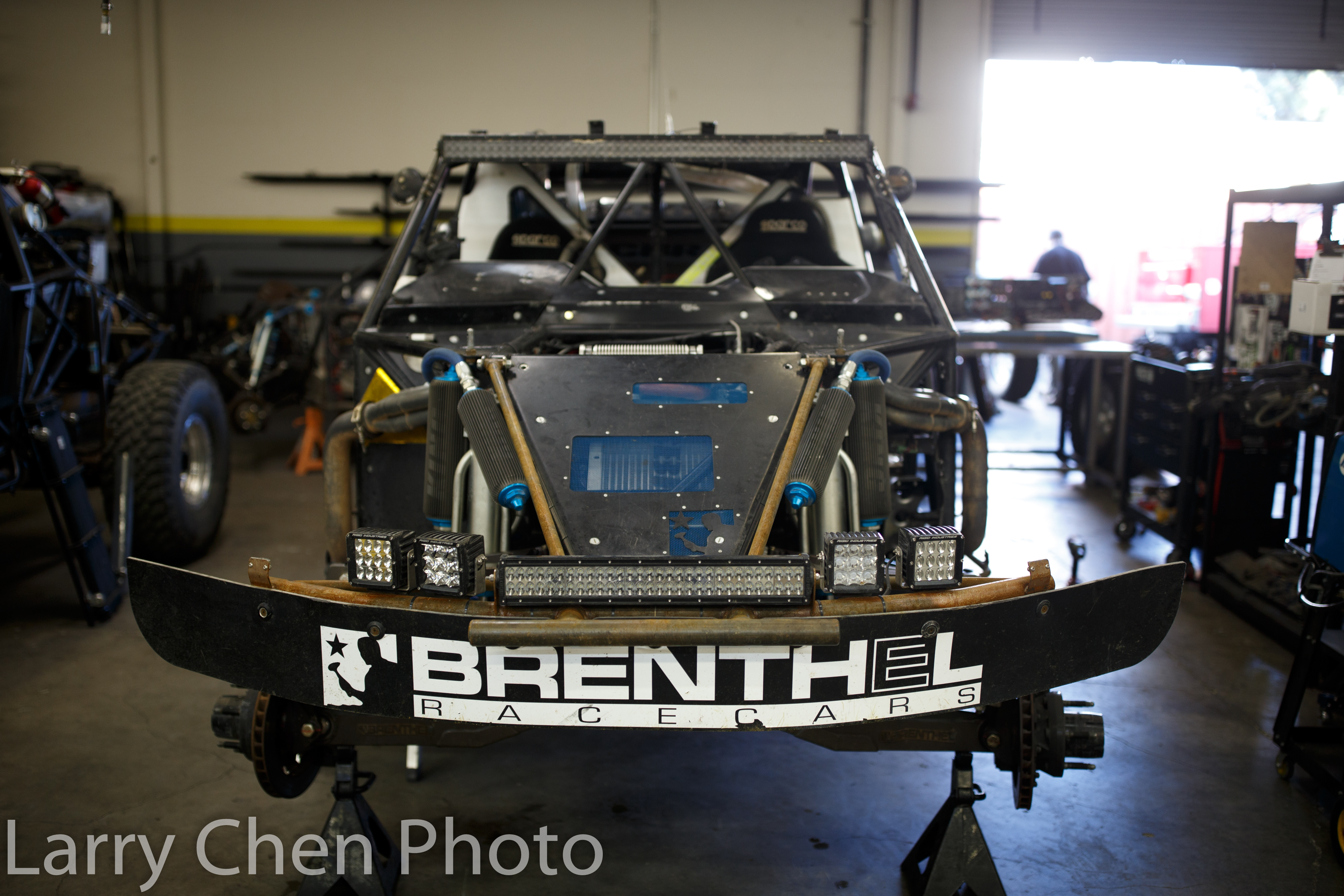
Jordan. It was a gateway. They found their way to us then got more into off-road. Some of them went on to go on trips with Cameron Steele on trailing missions.
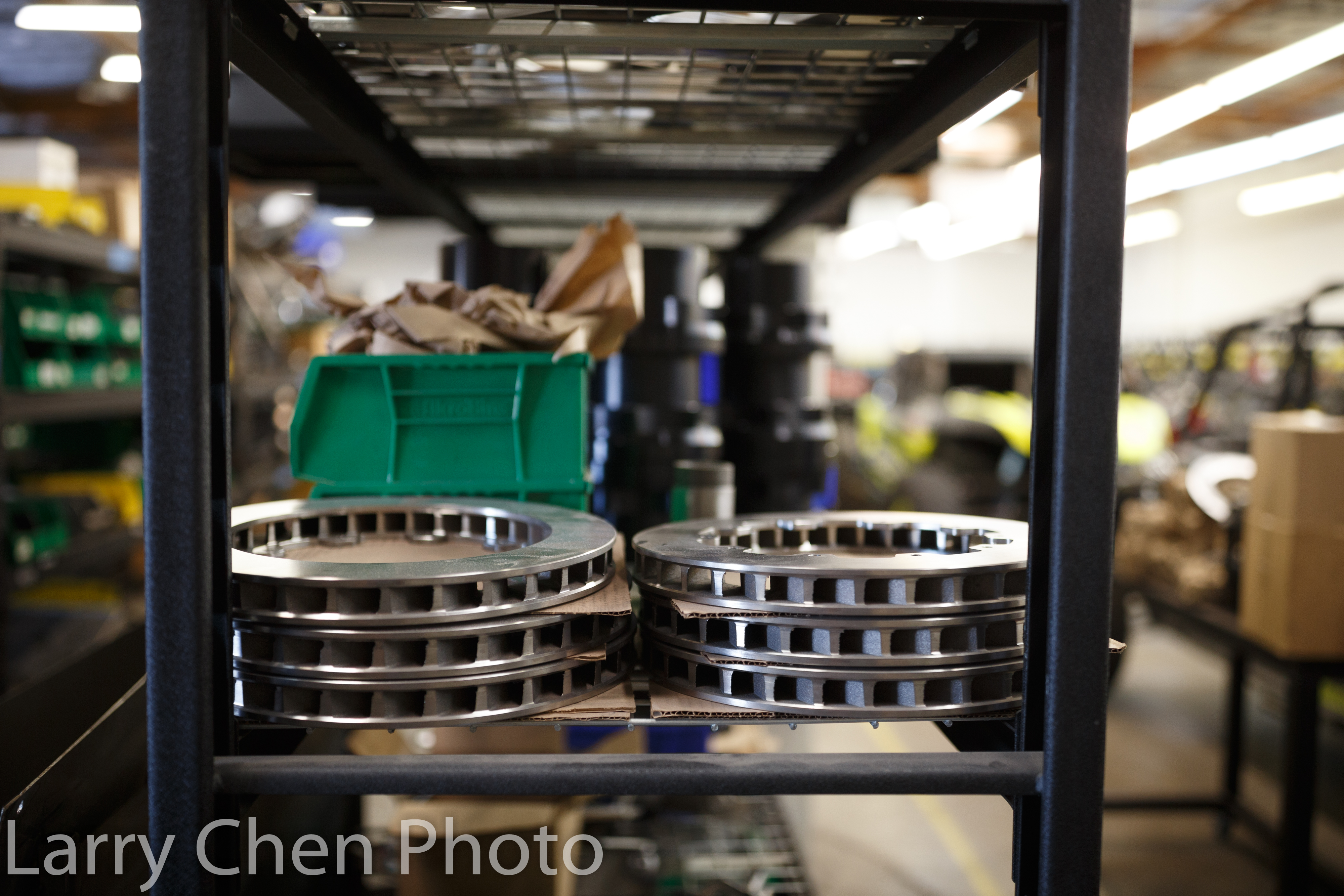
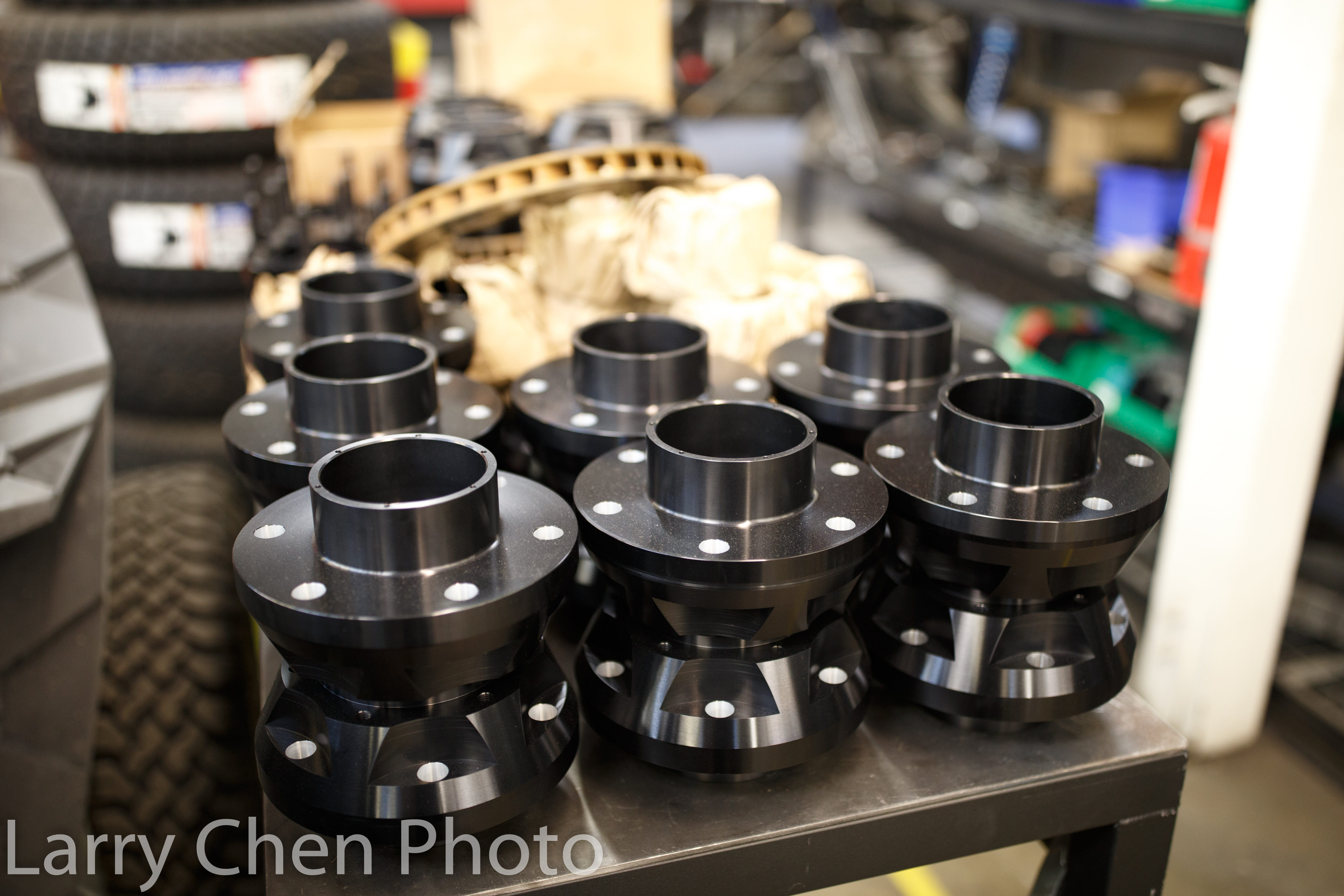
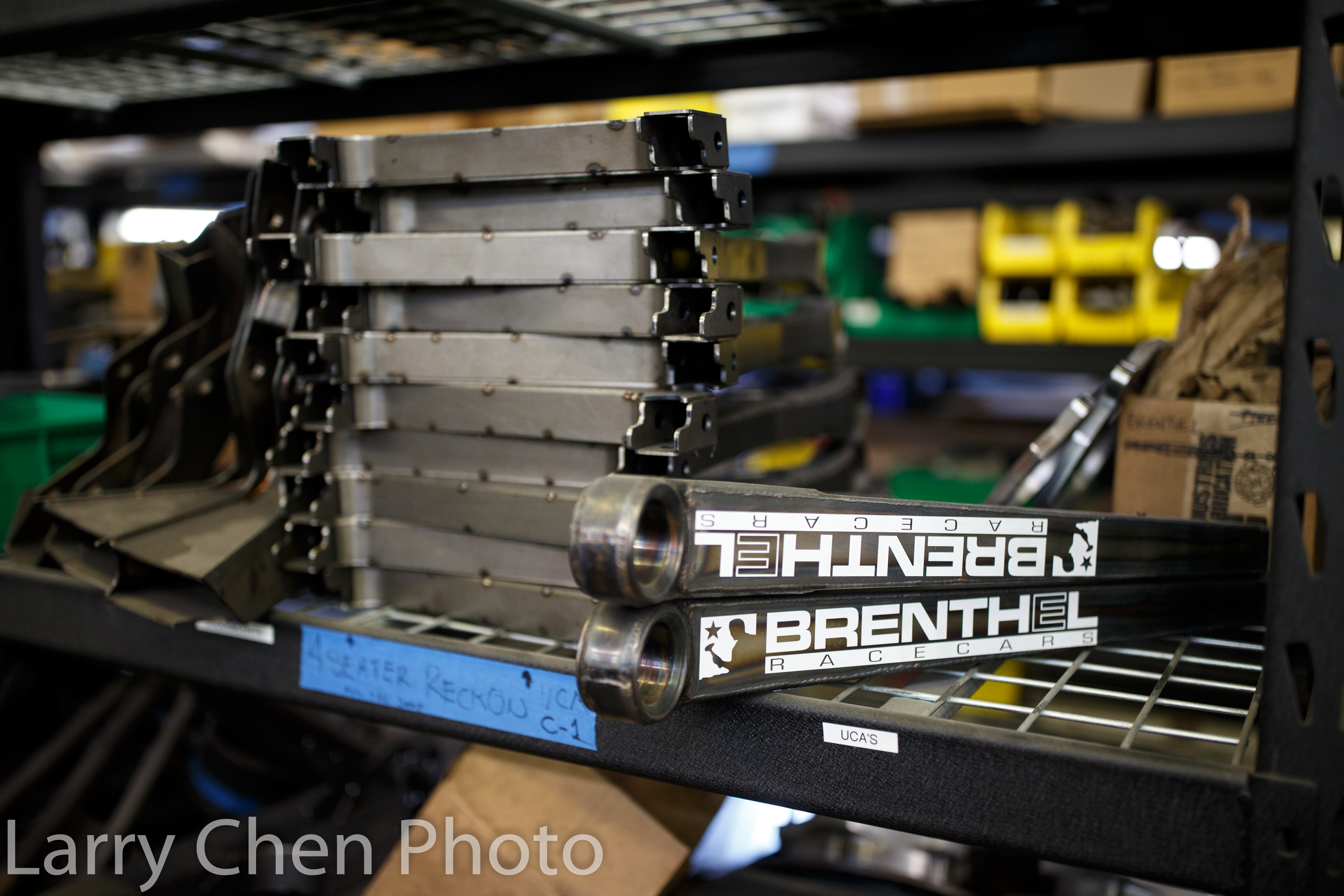
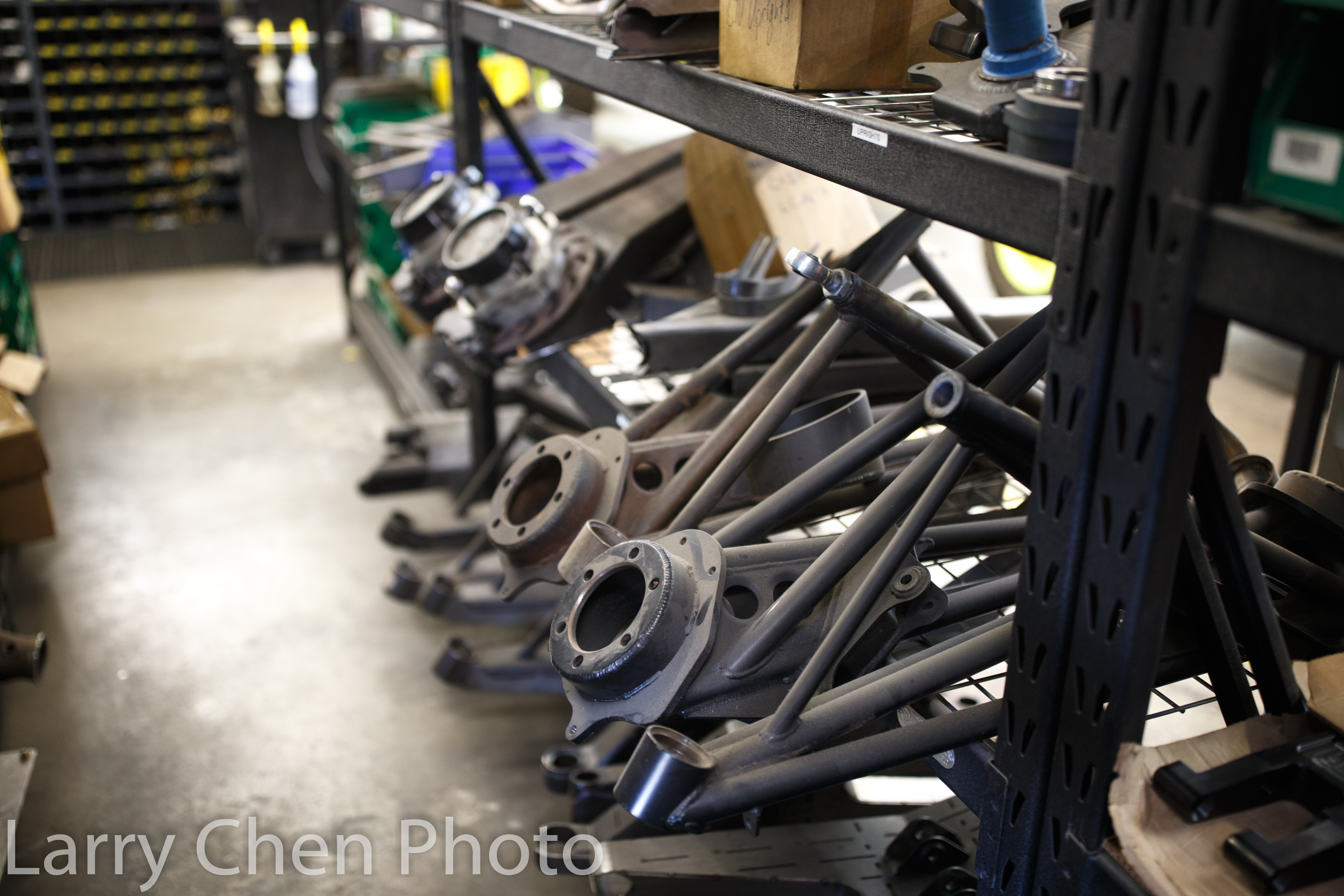
Larry: It’s interesting because the Raptor is kind of the pinnacle, whereas on the road, you start with the tuner cars, then your Porsches, then your Ferraris. In off-road, what’s higher than a Raptor?
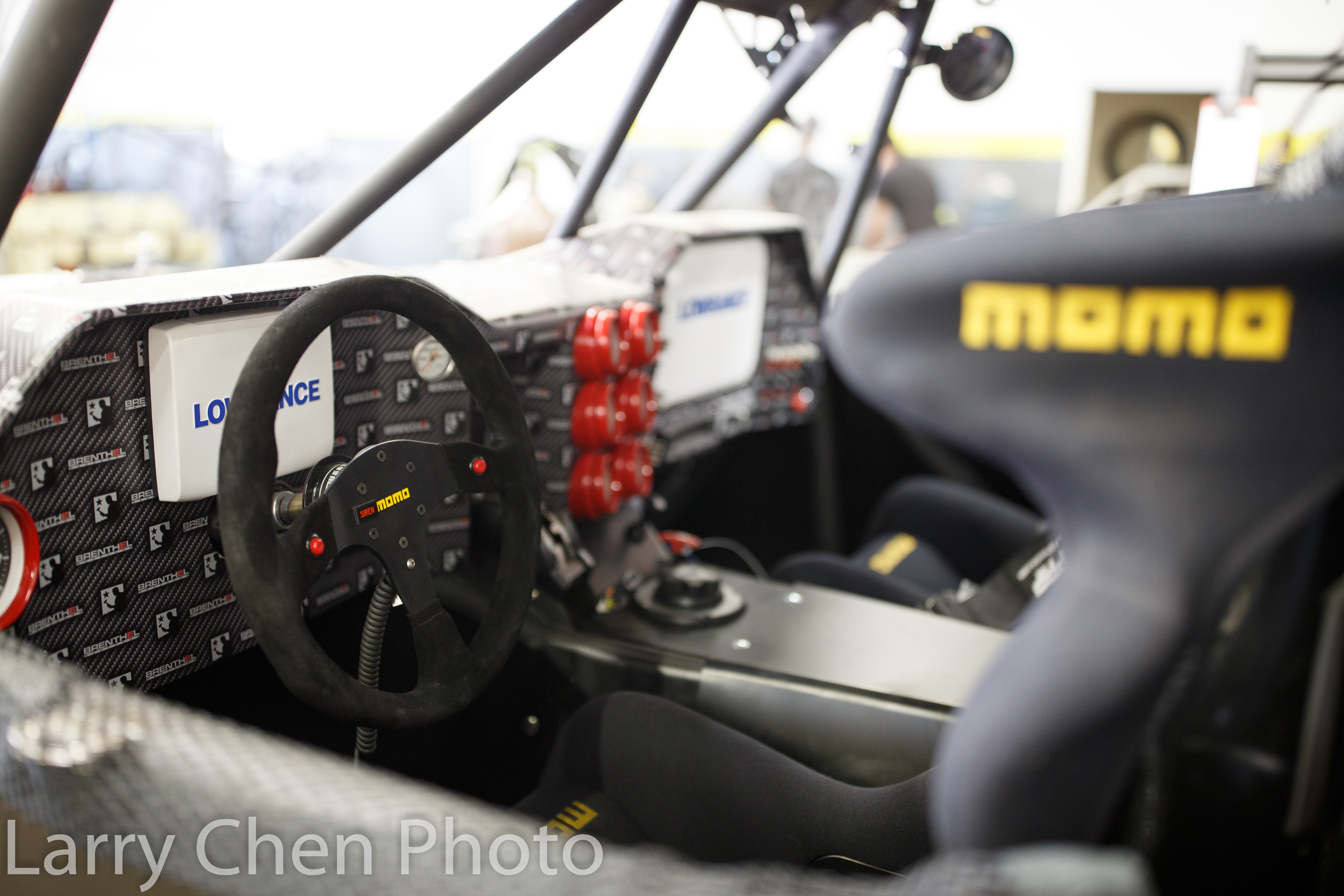
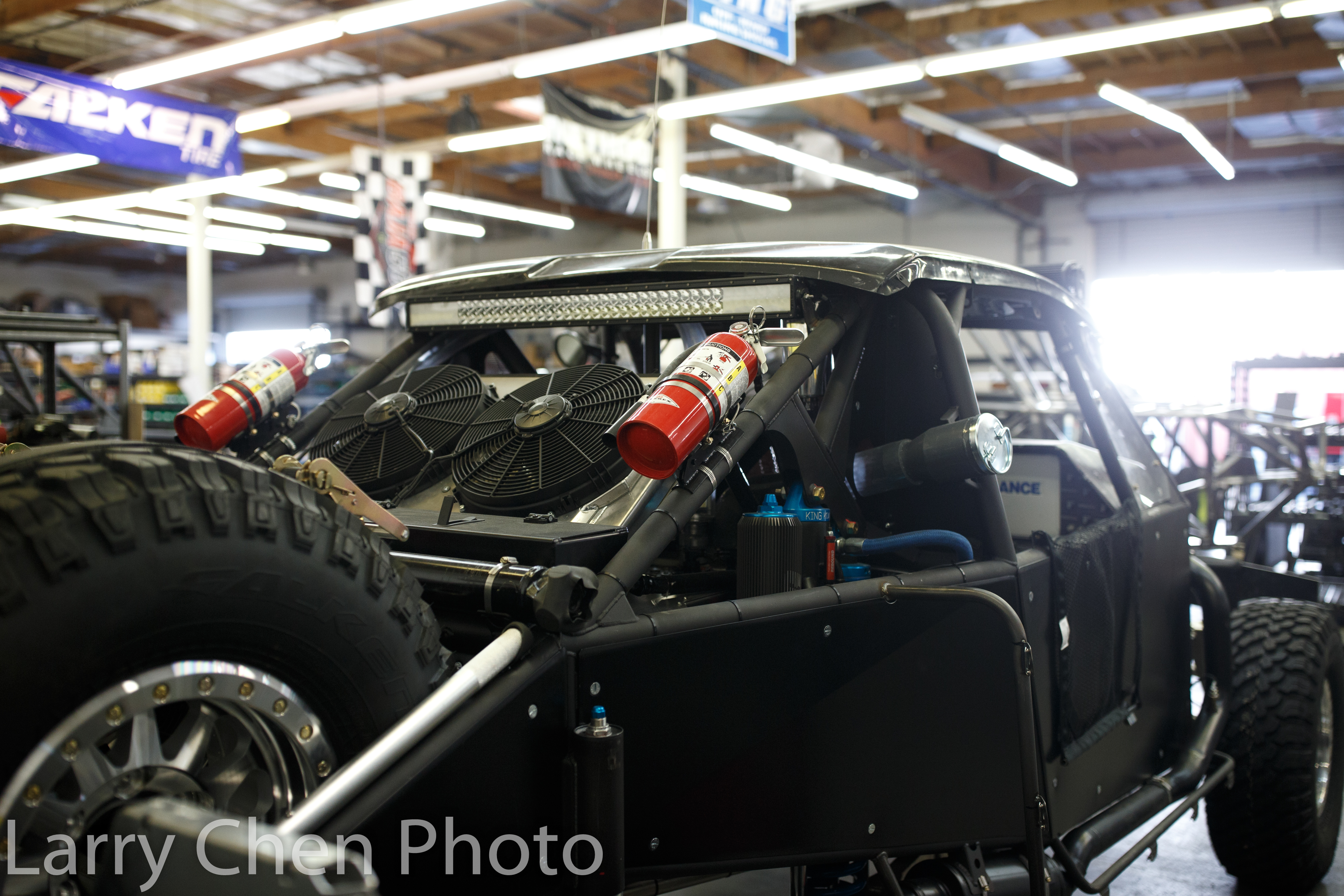

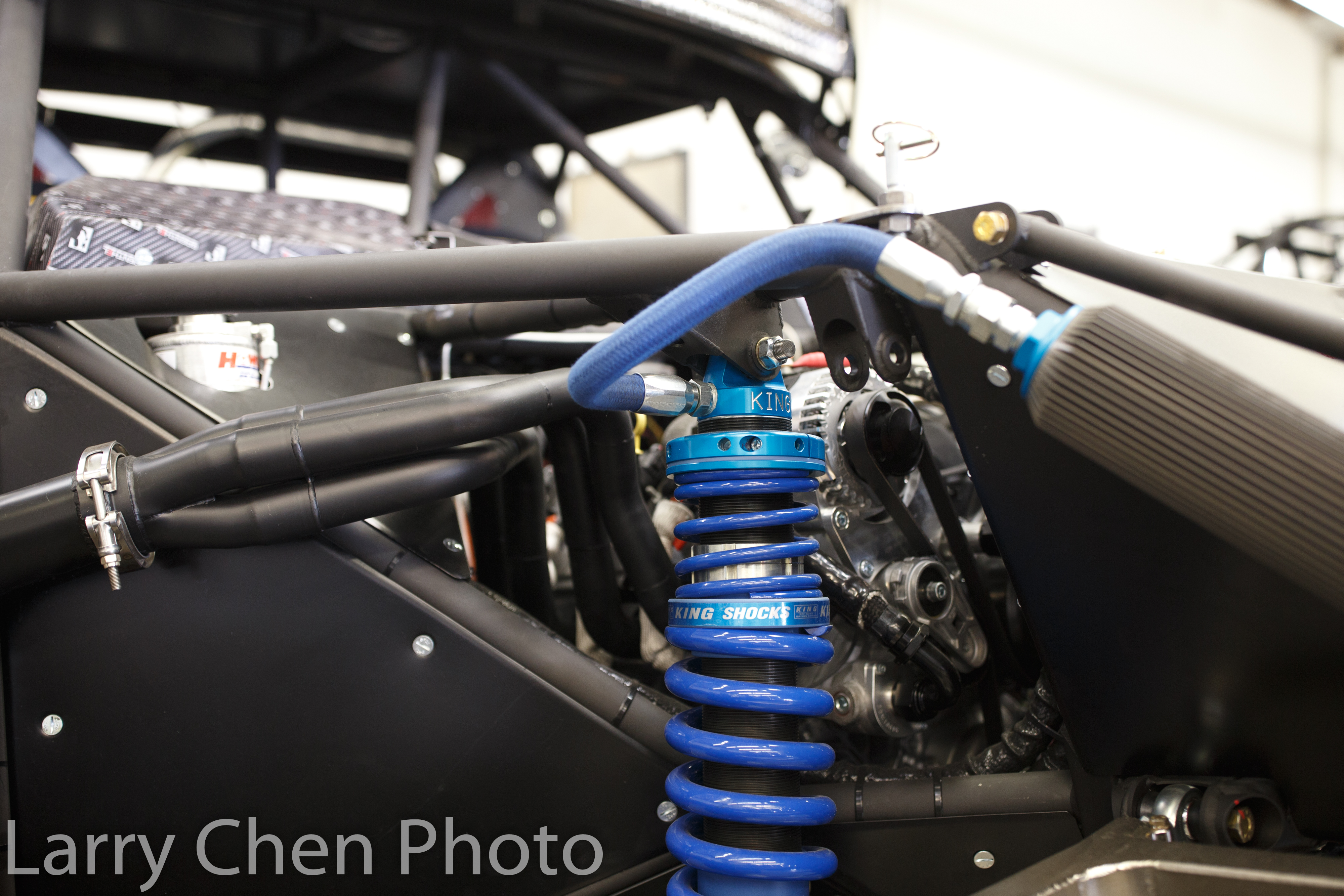
Jordan: That got me thinking – if I had a million dollars and could buy whatever I wanted, what would I get? I’d probably still get a Raptor; they’re a rad truck!
Larry Chen
Instagram: larry_chen_foto
Bonus Chapter: Cutting Room Floor
